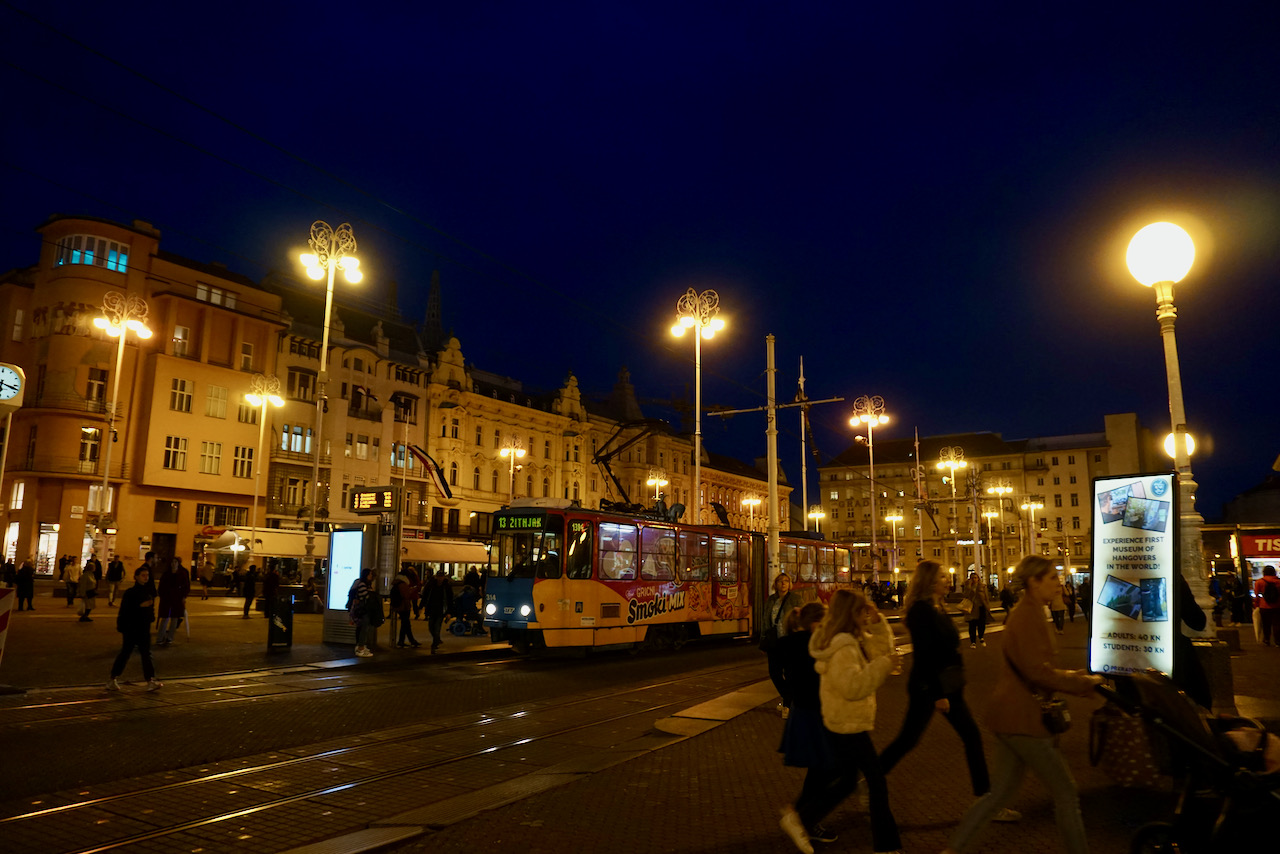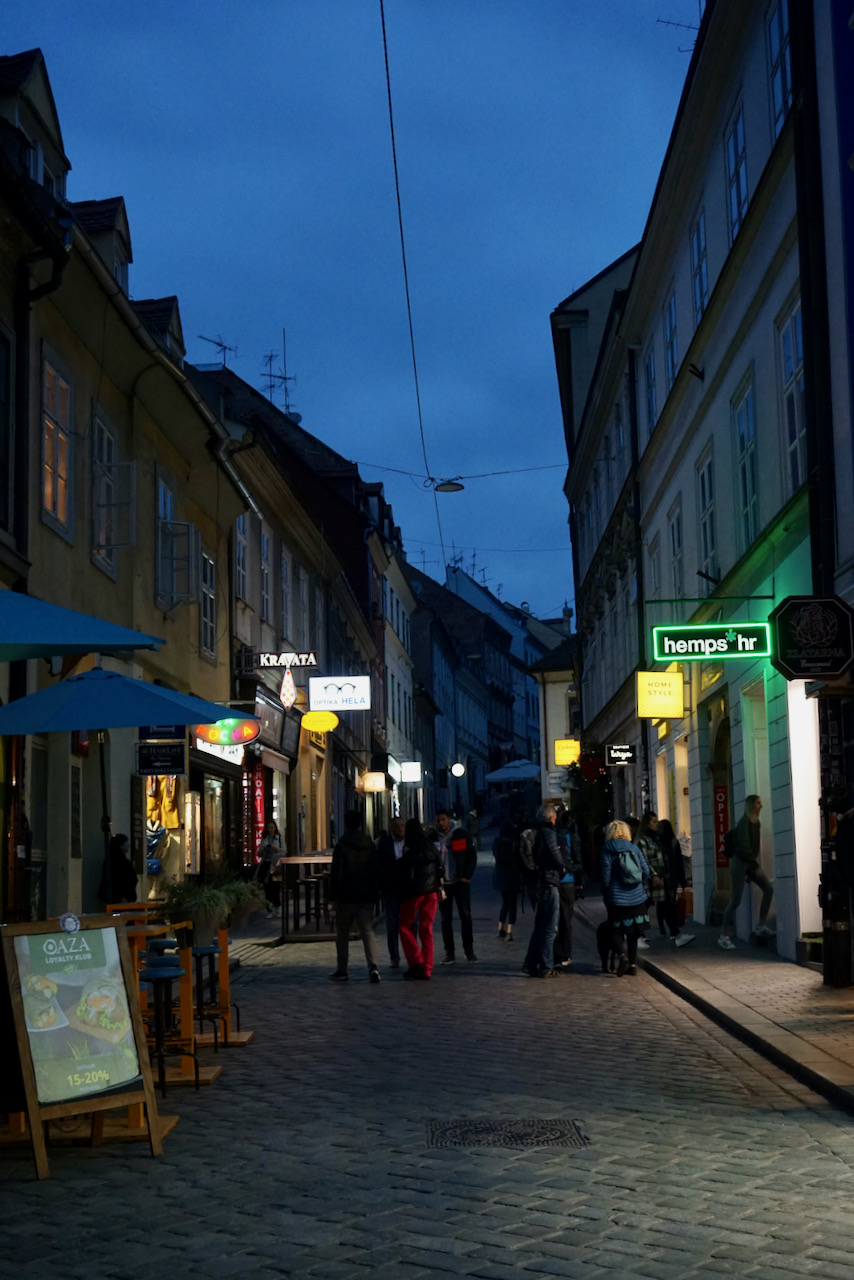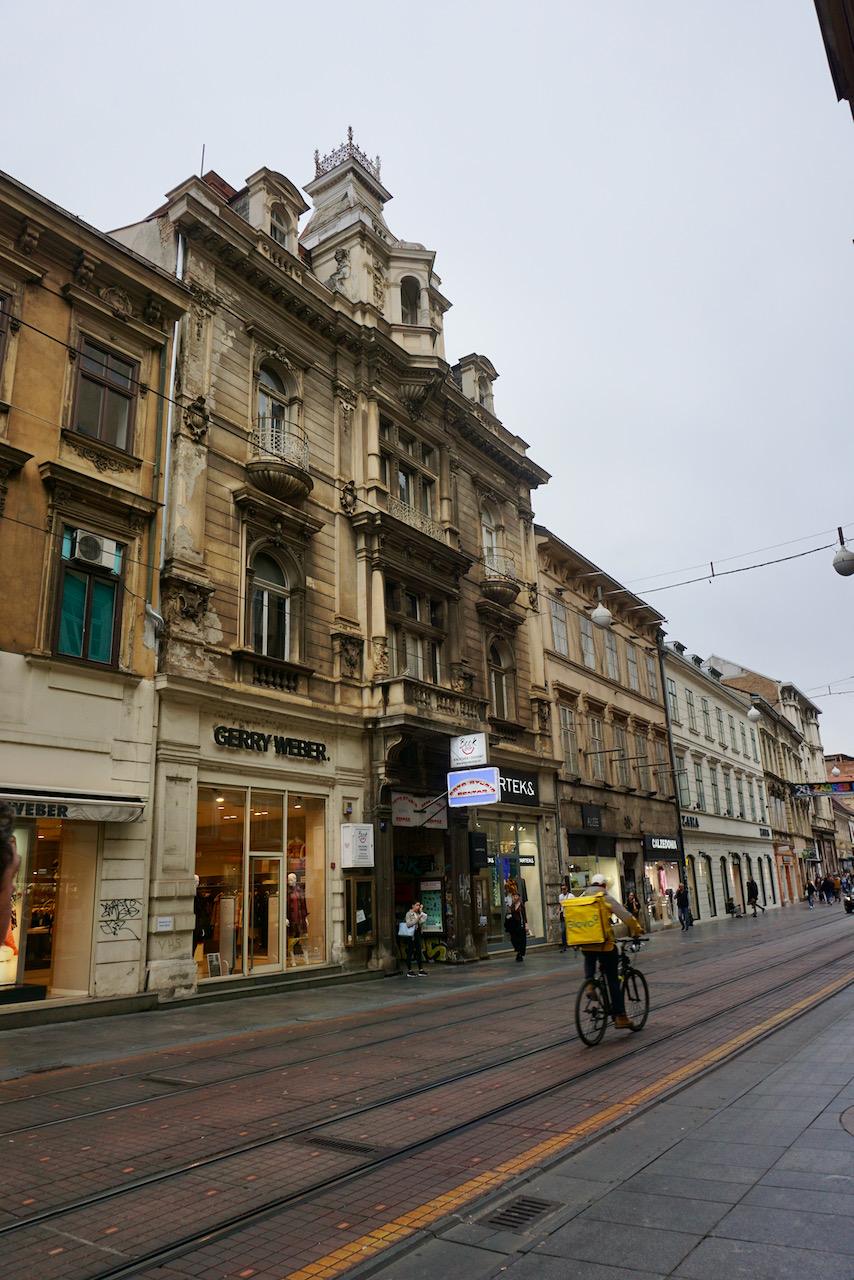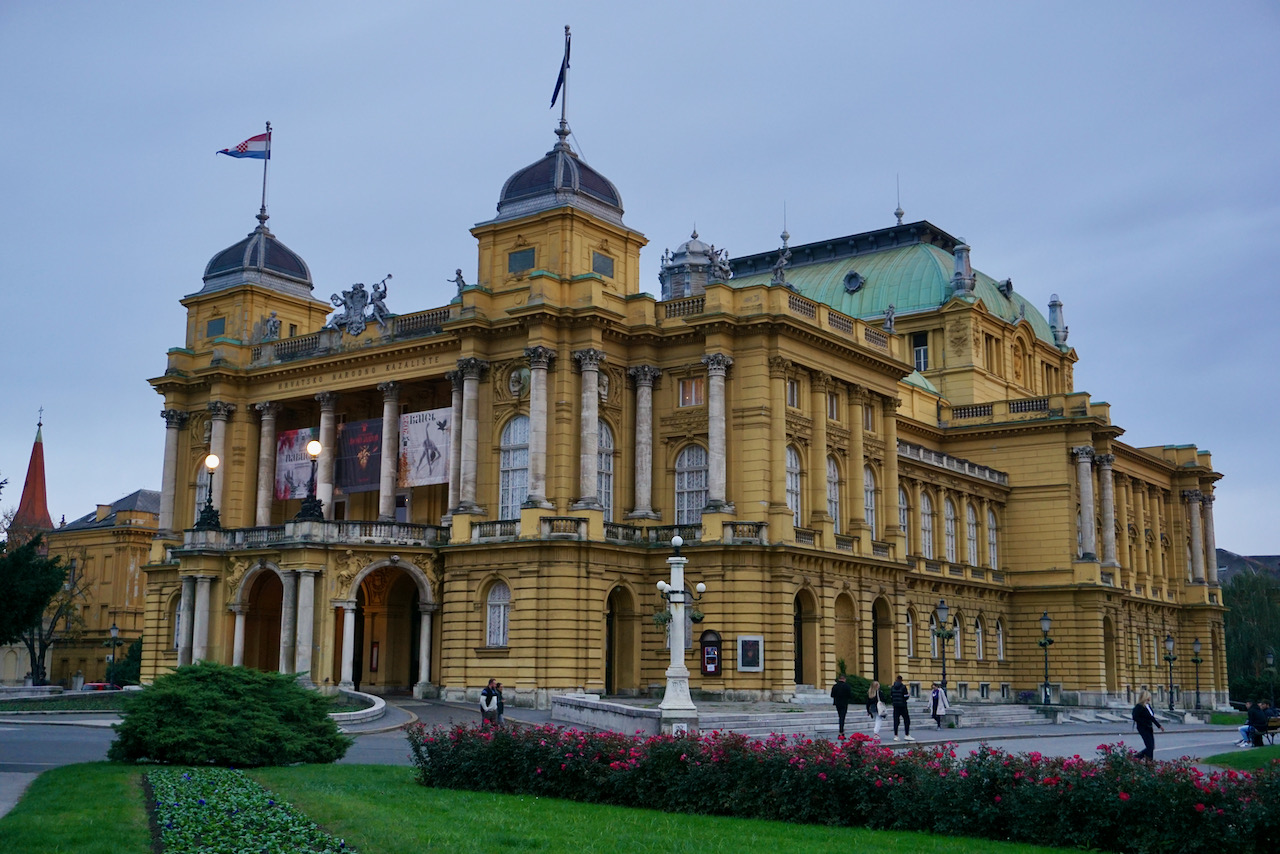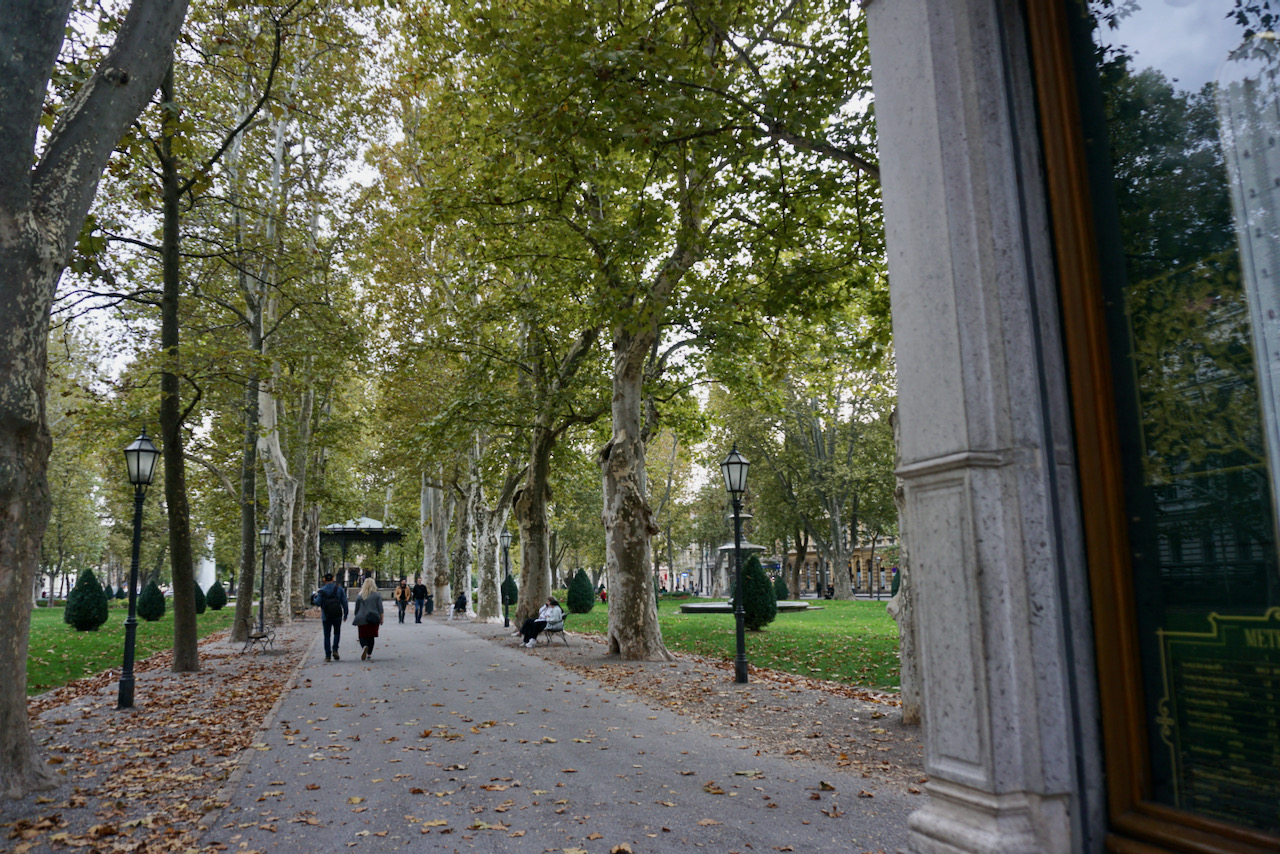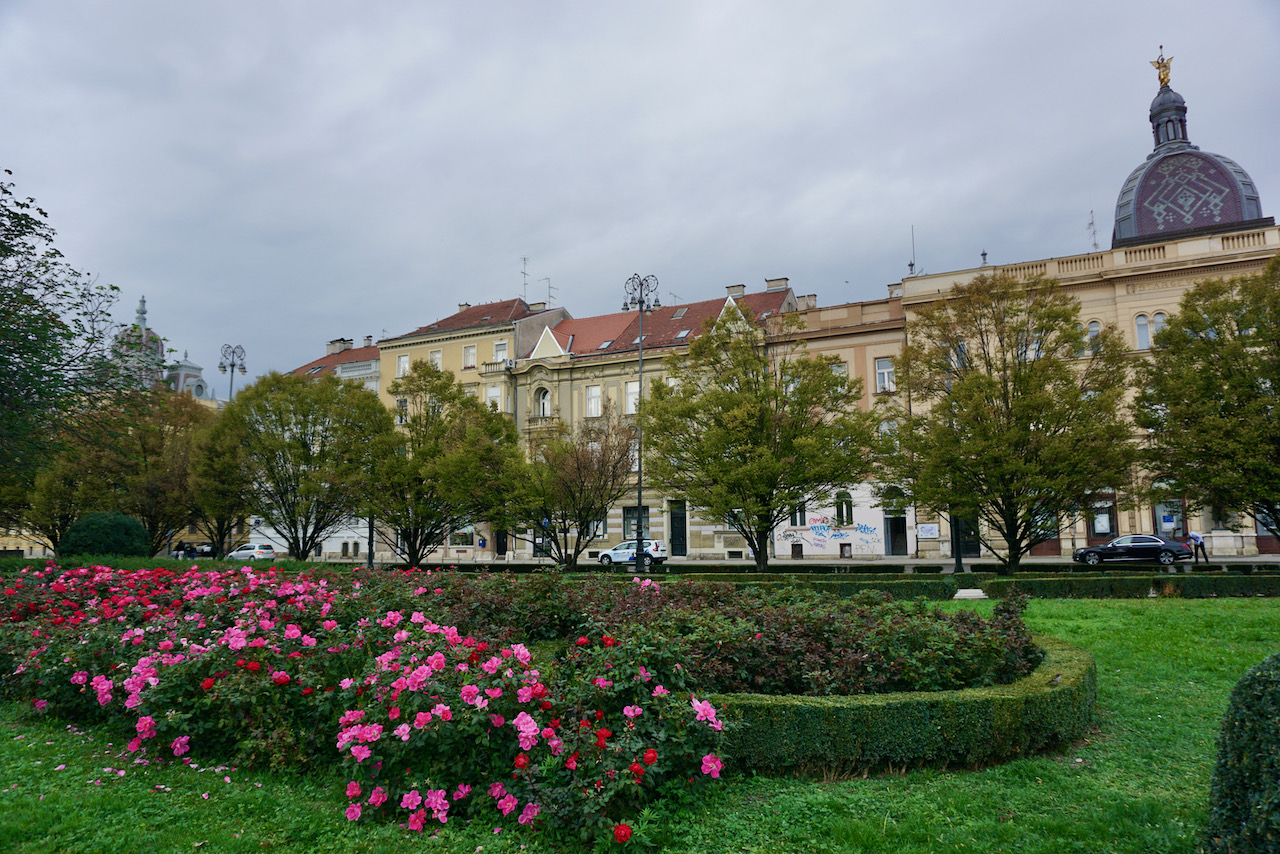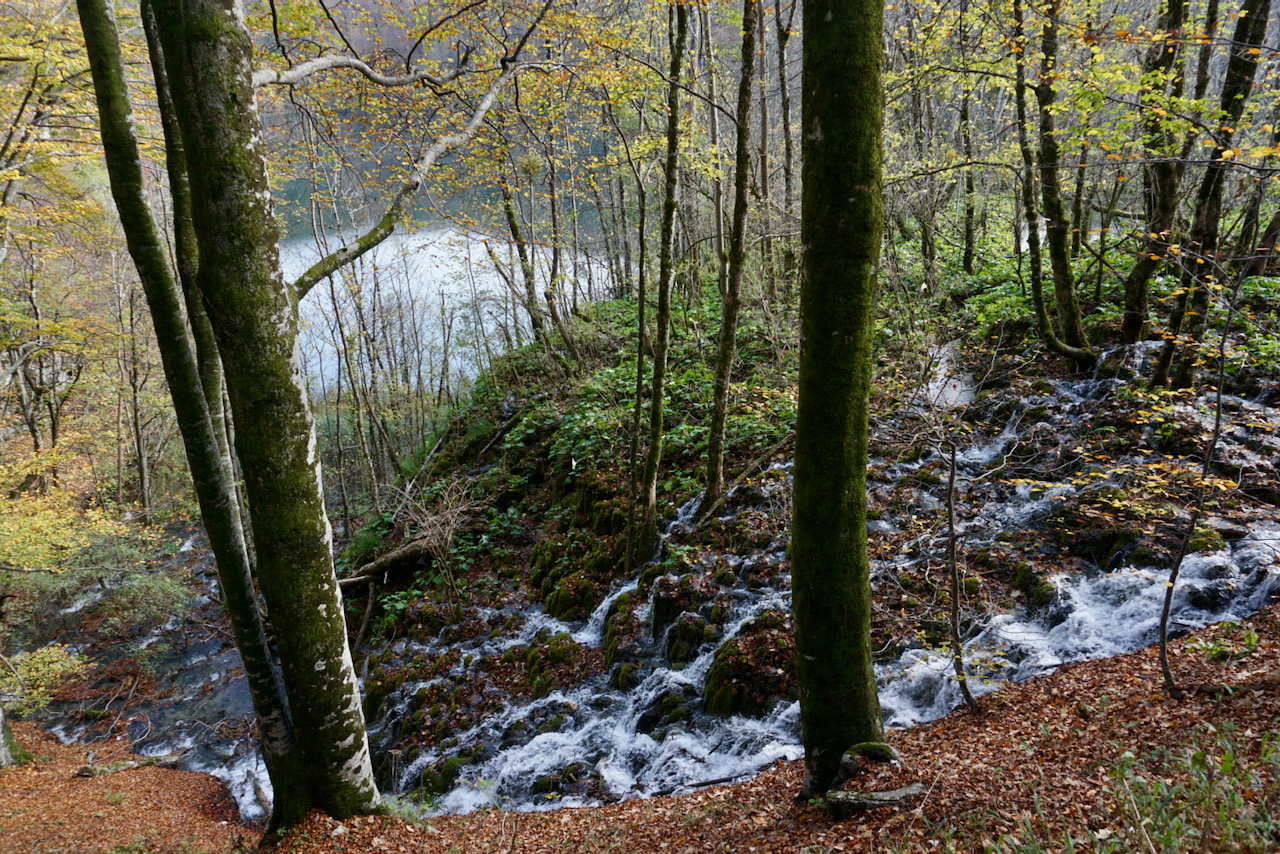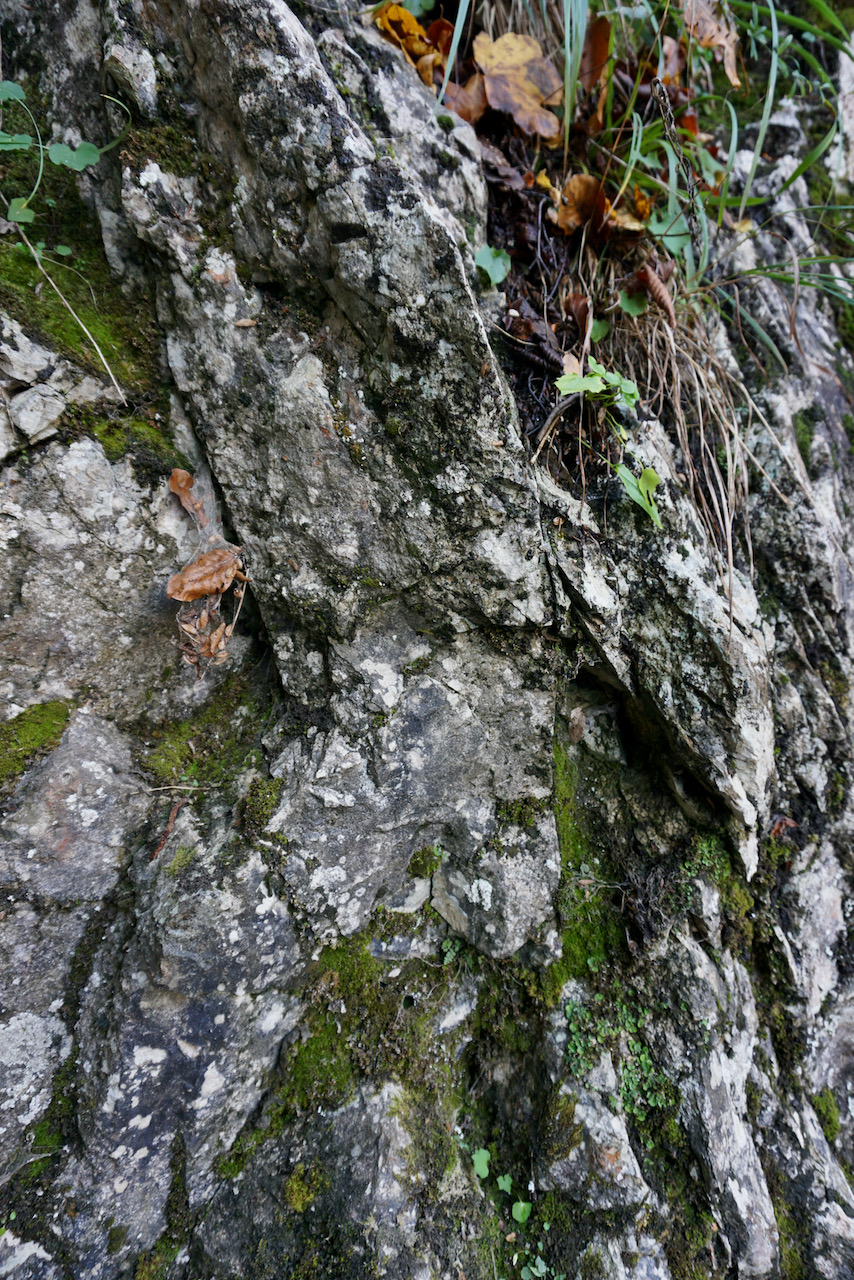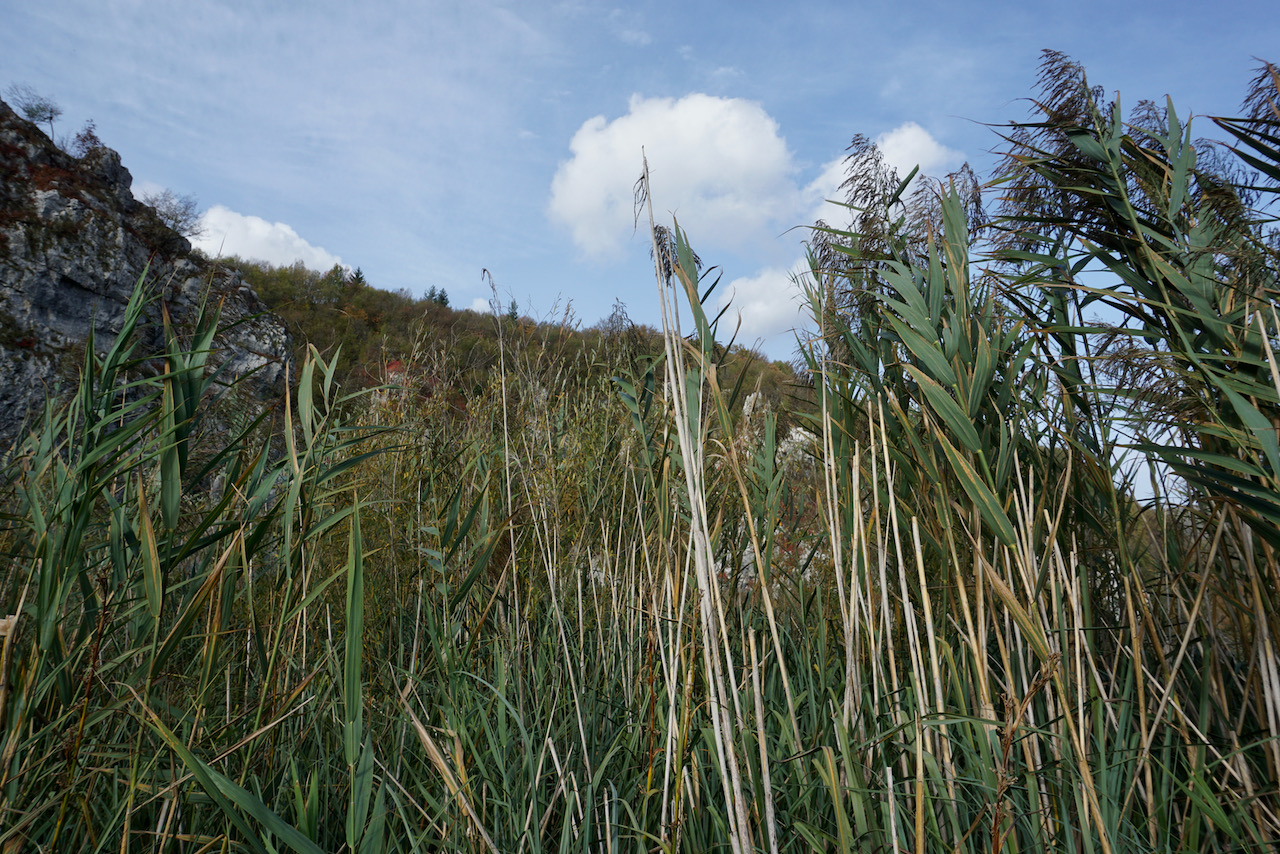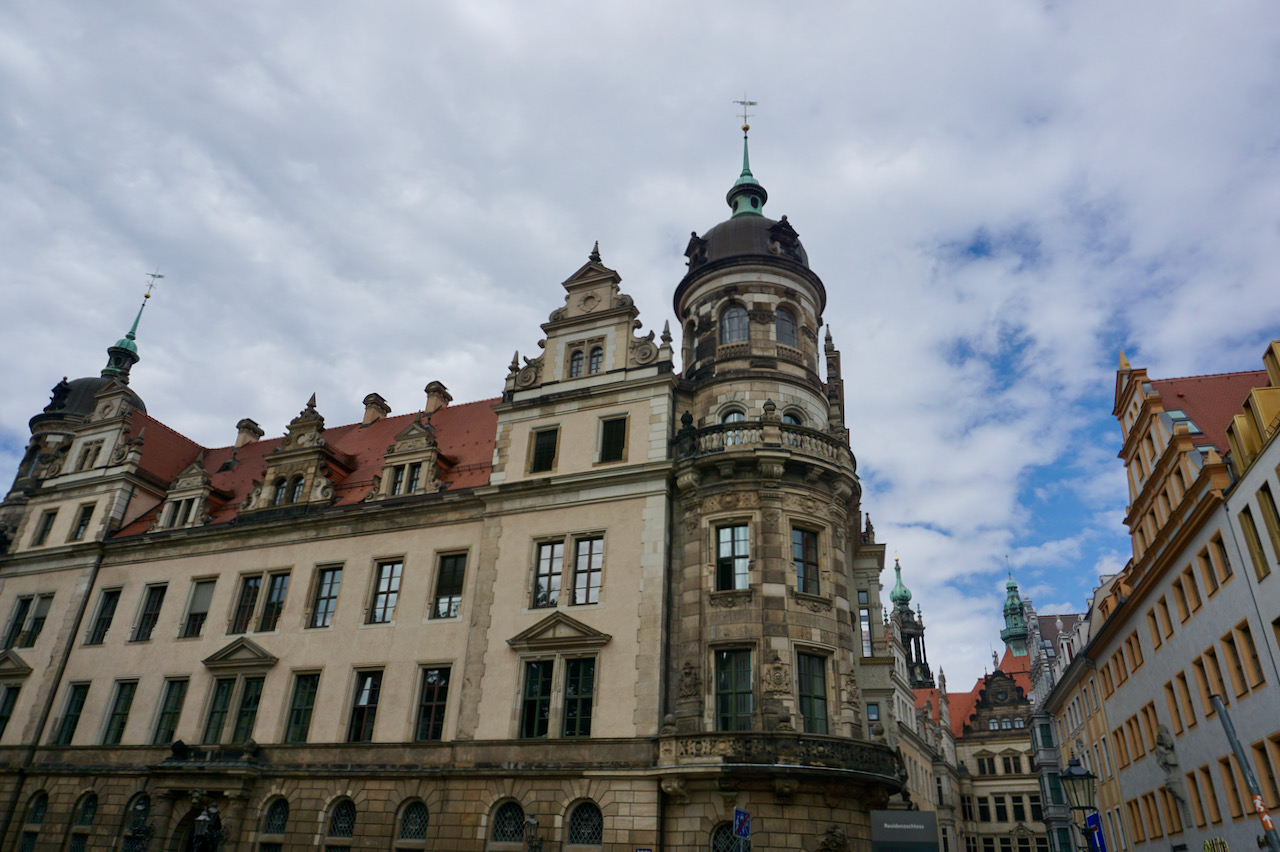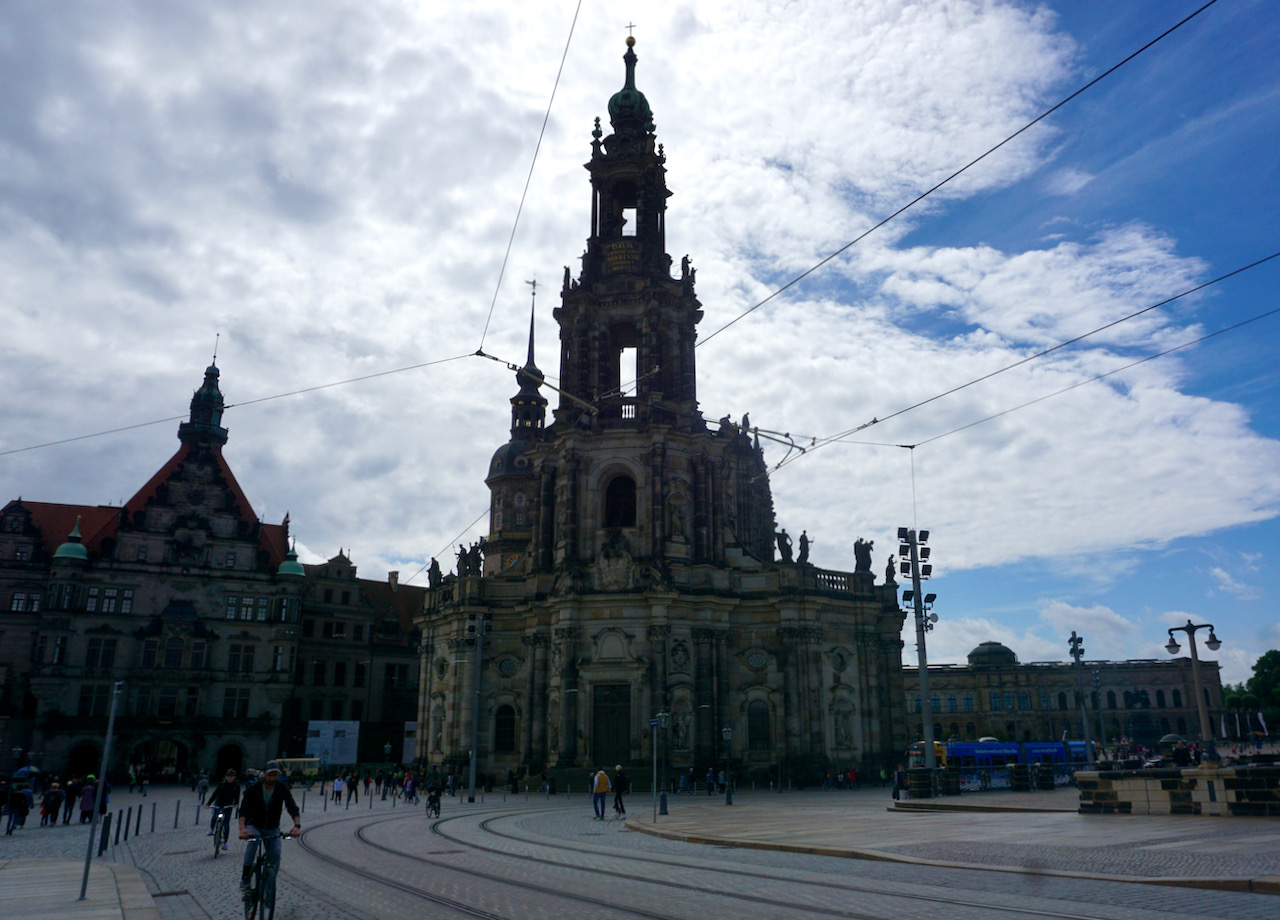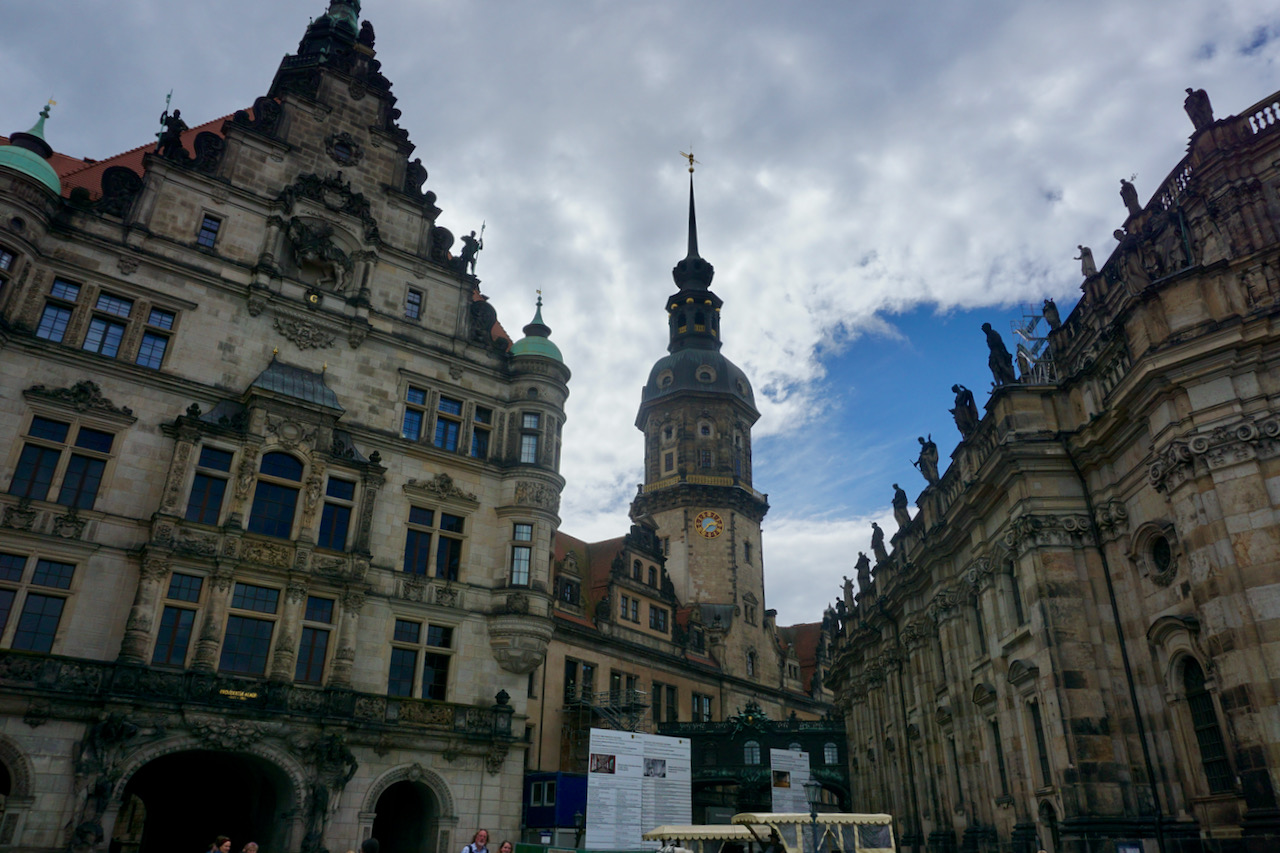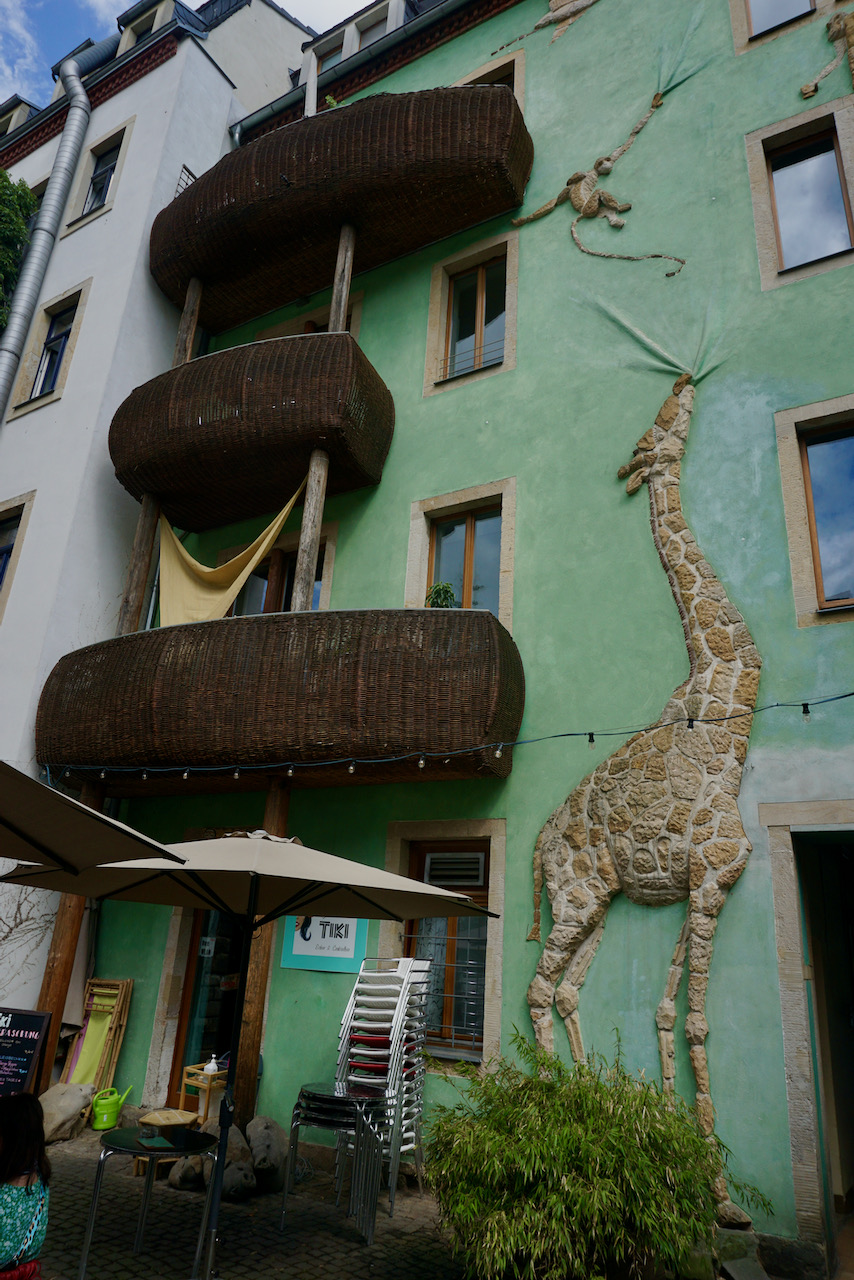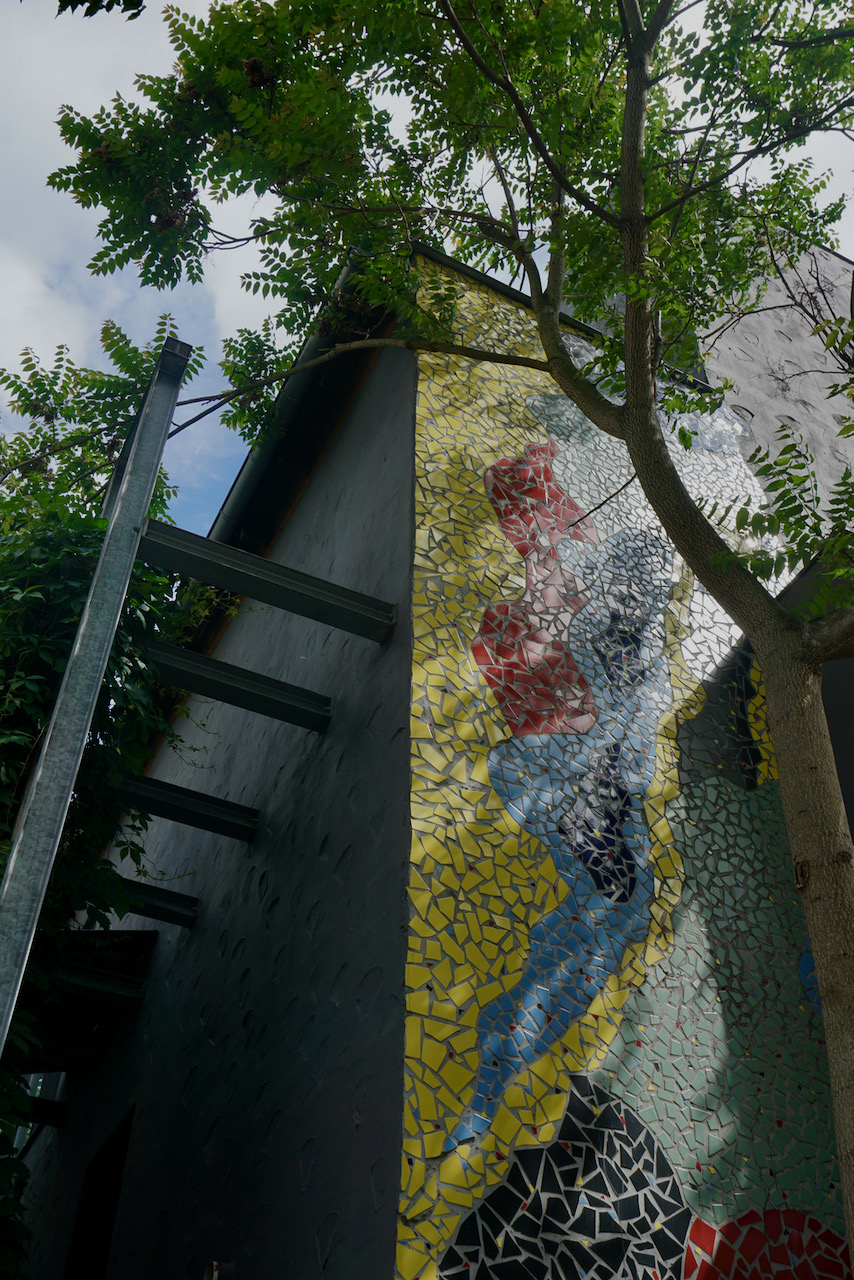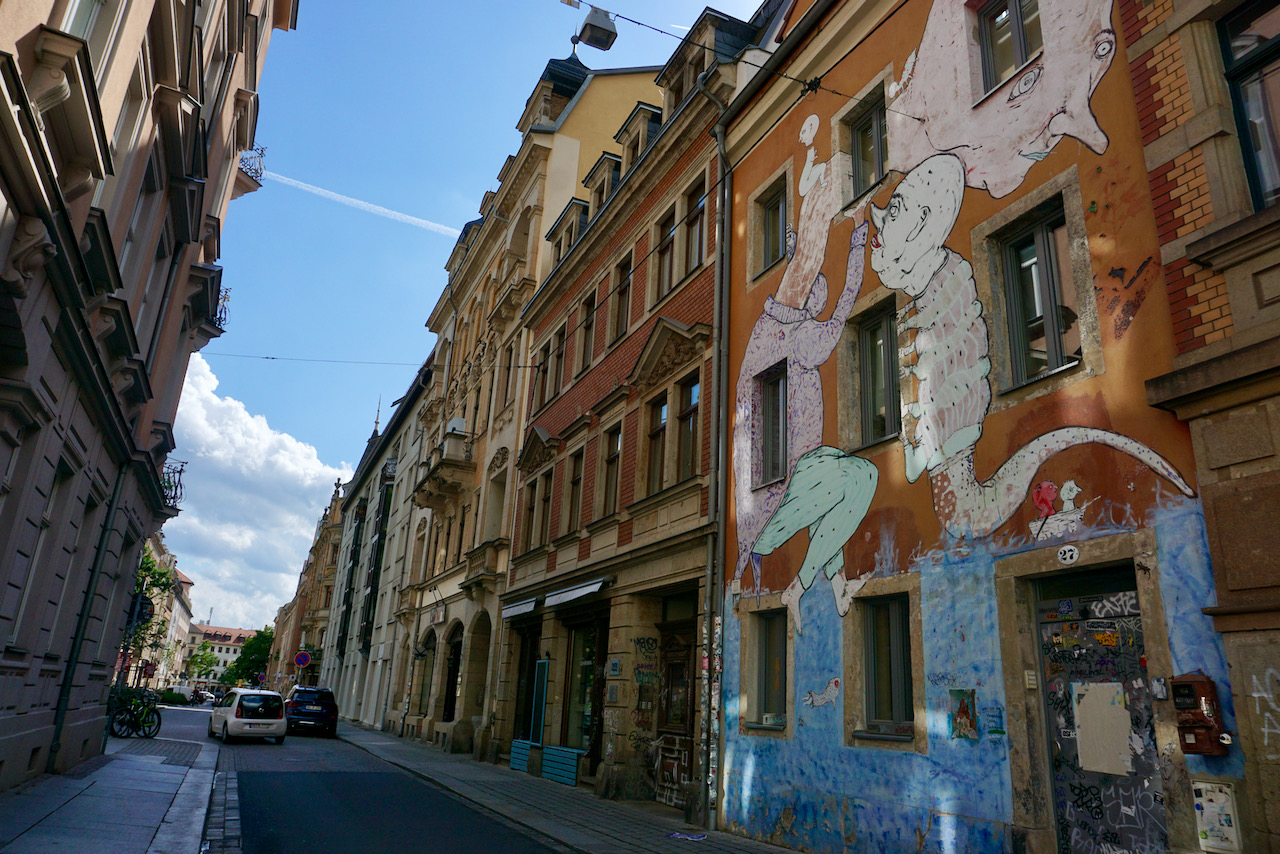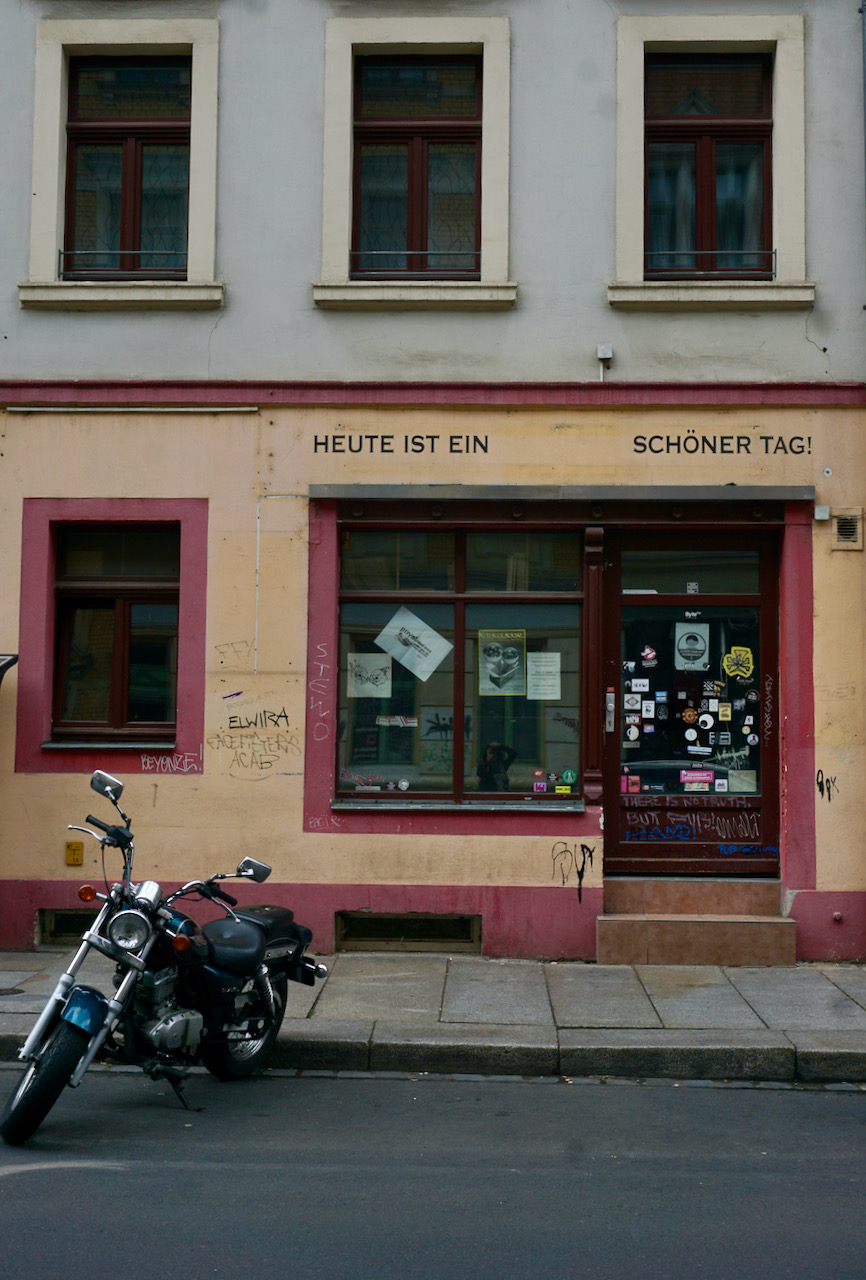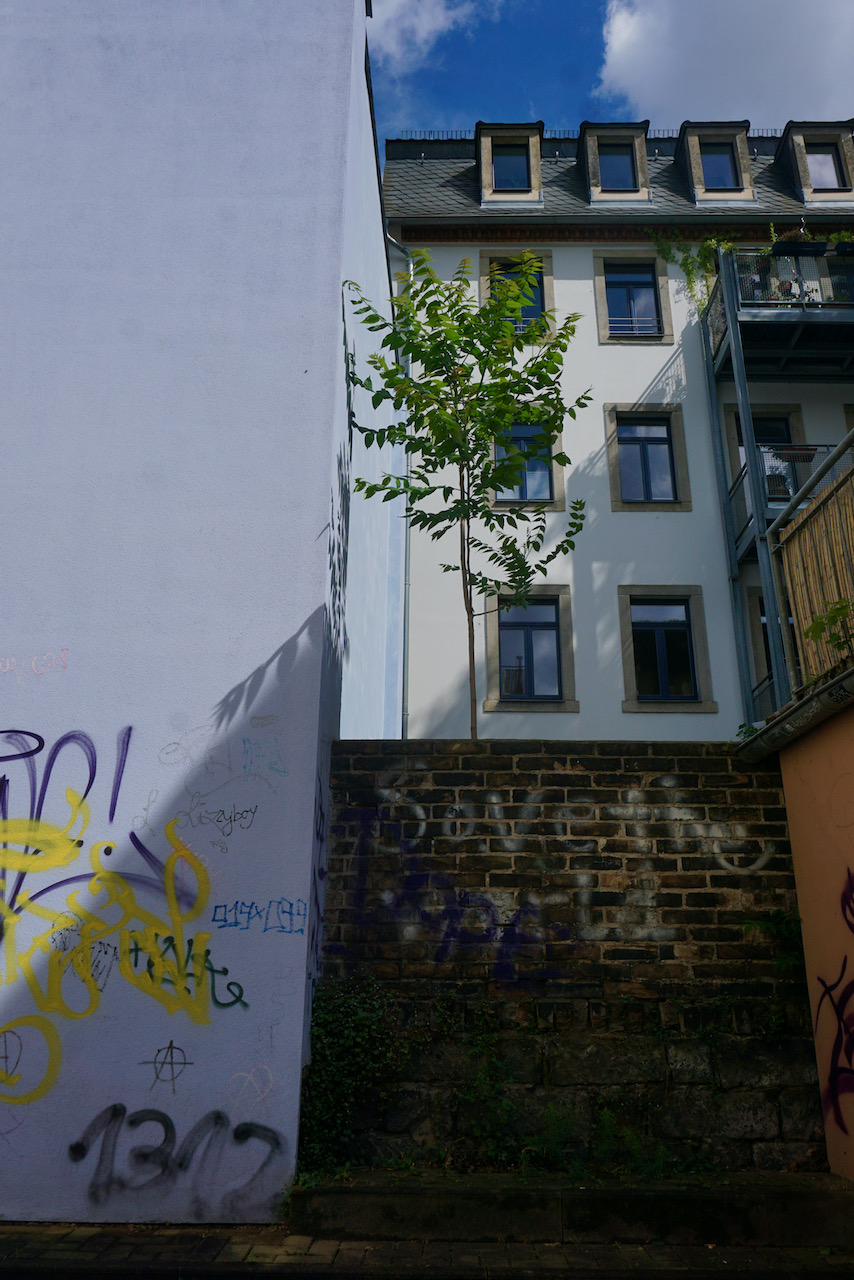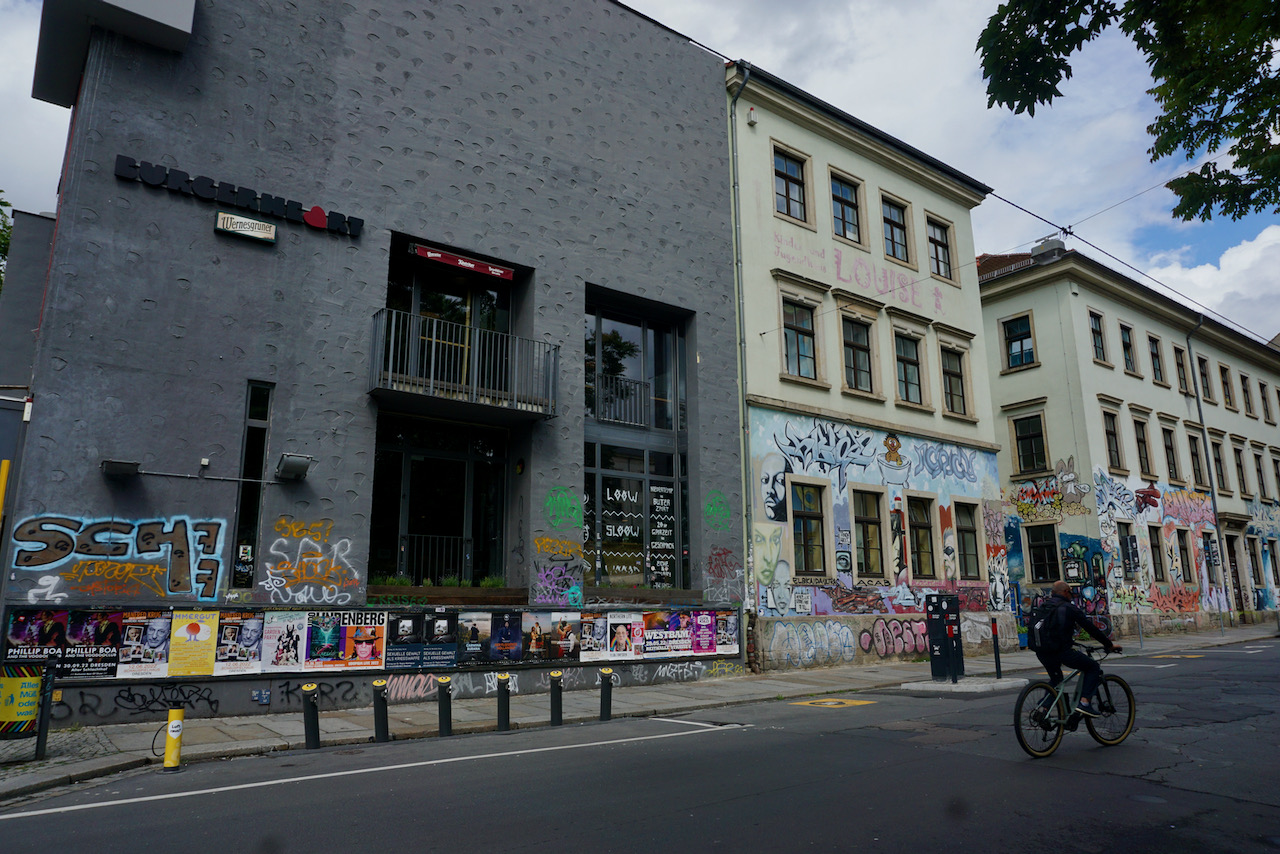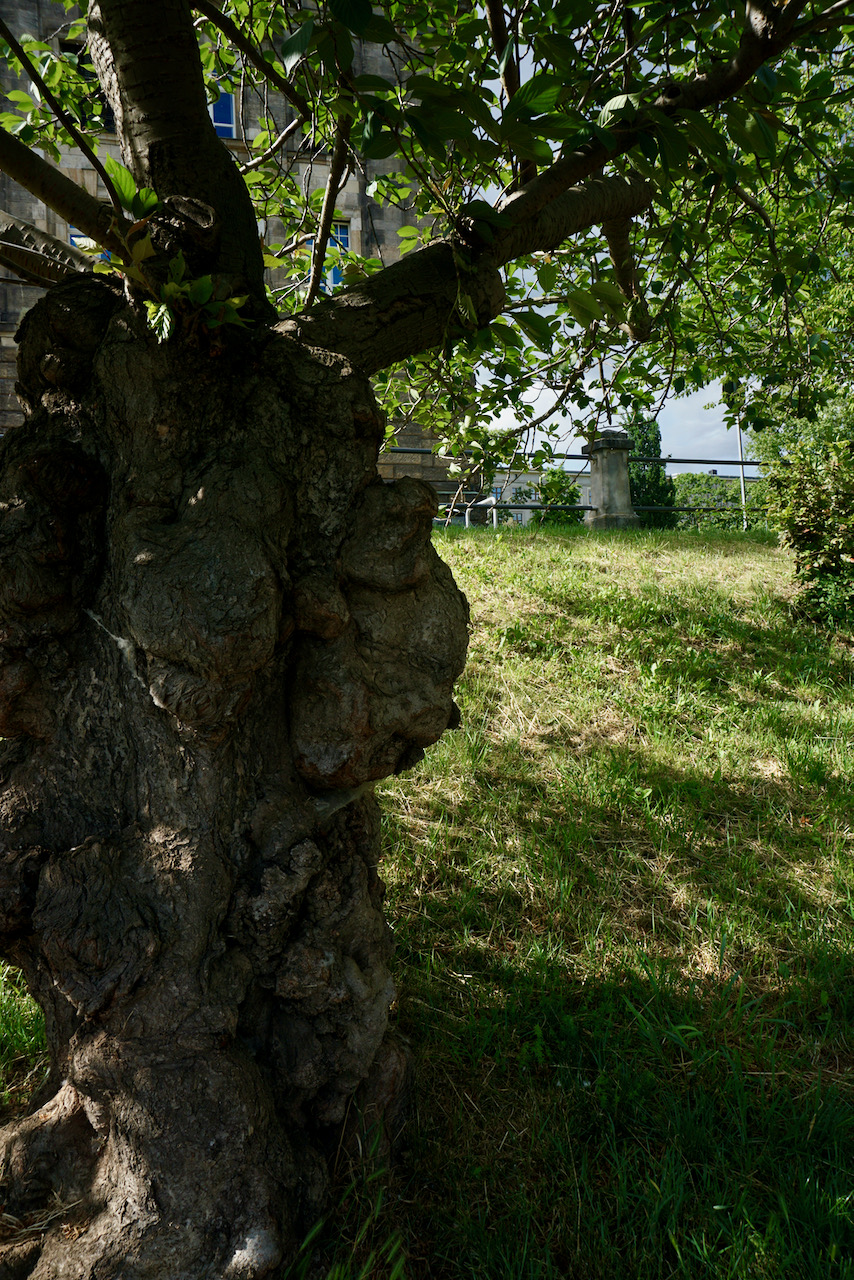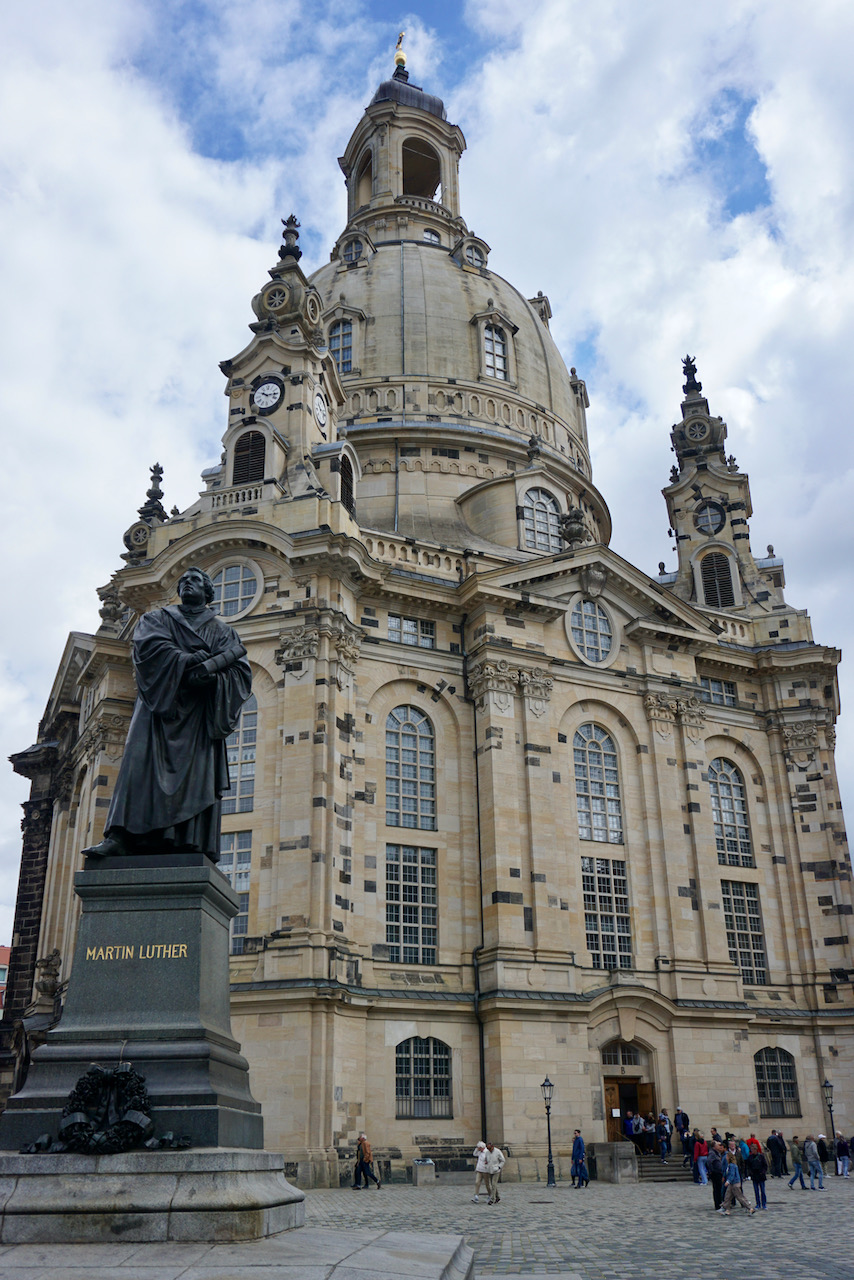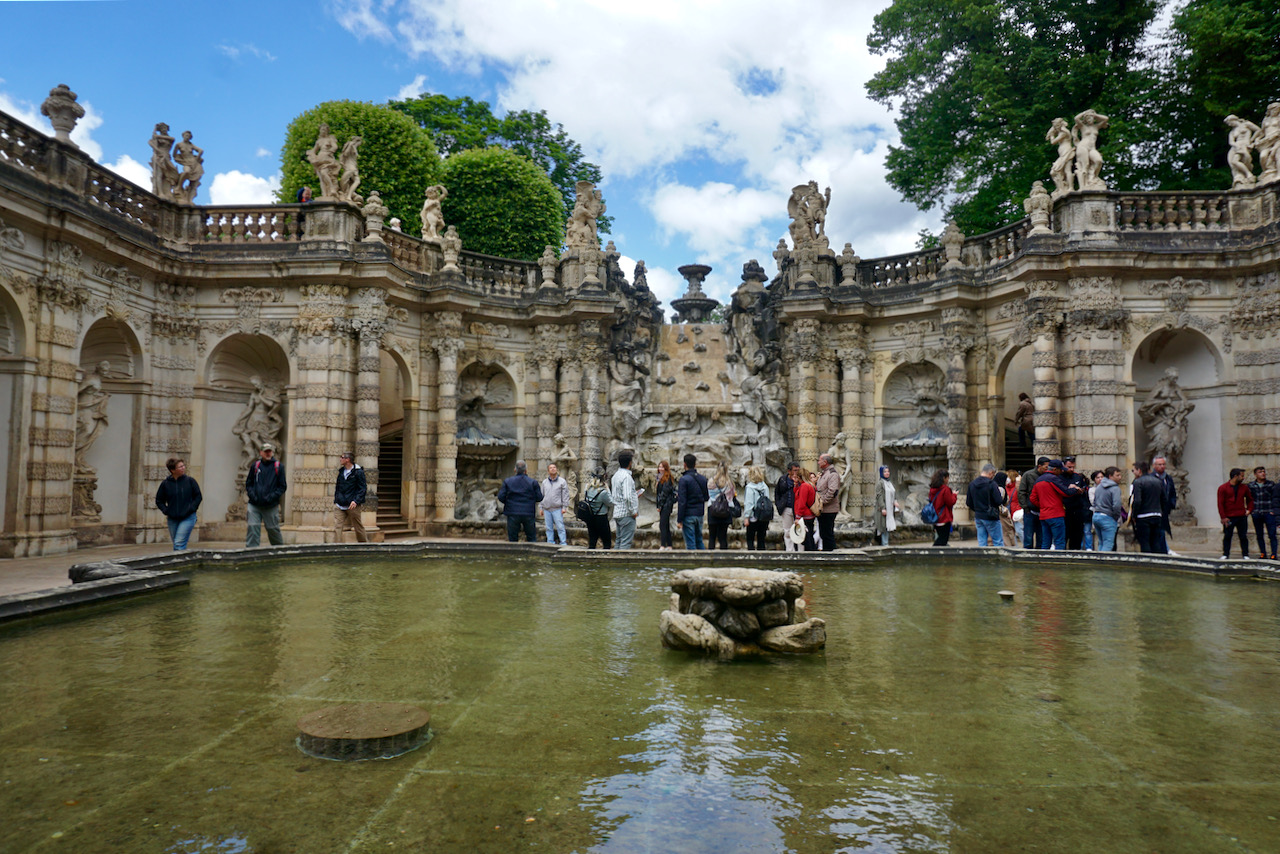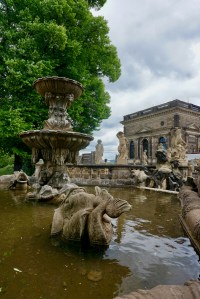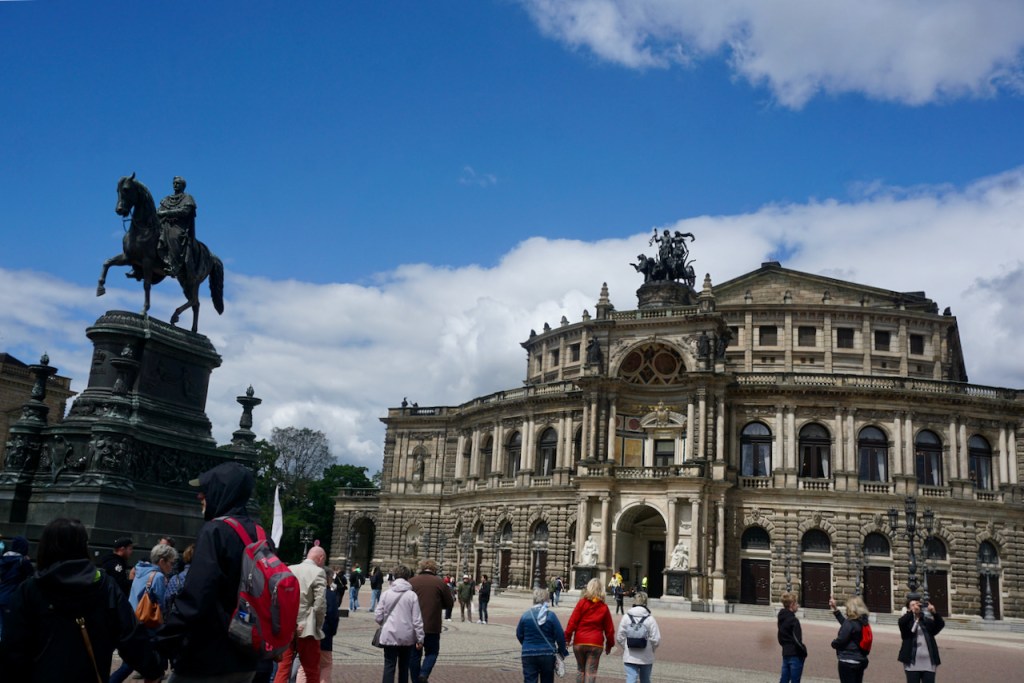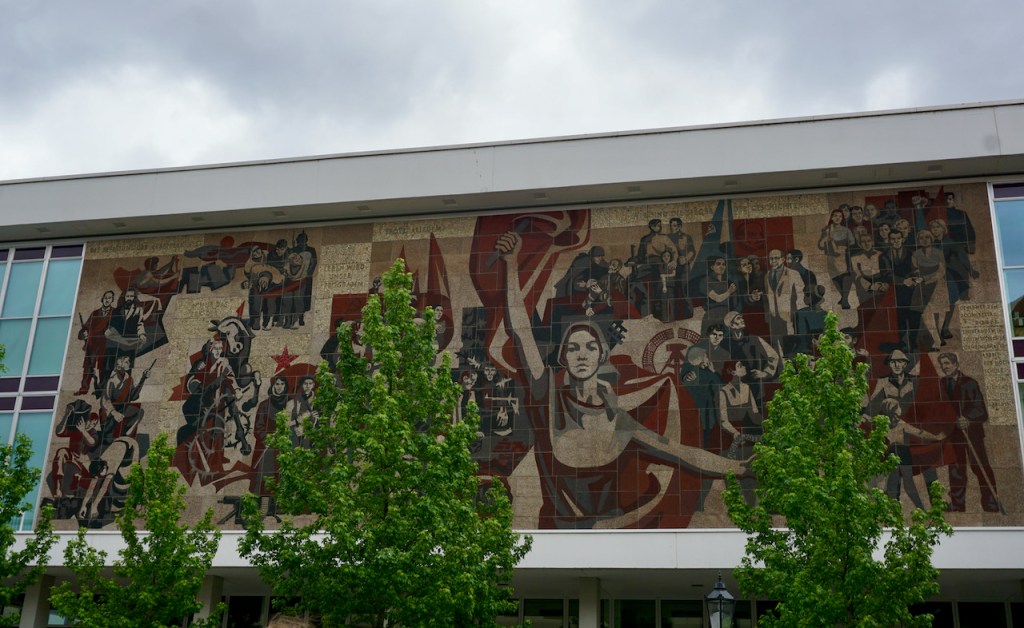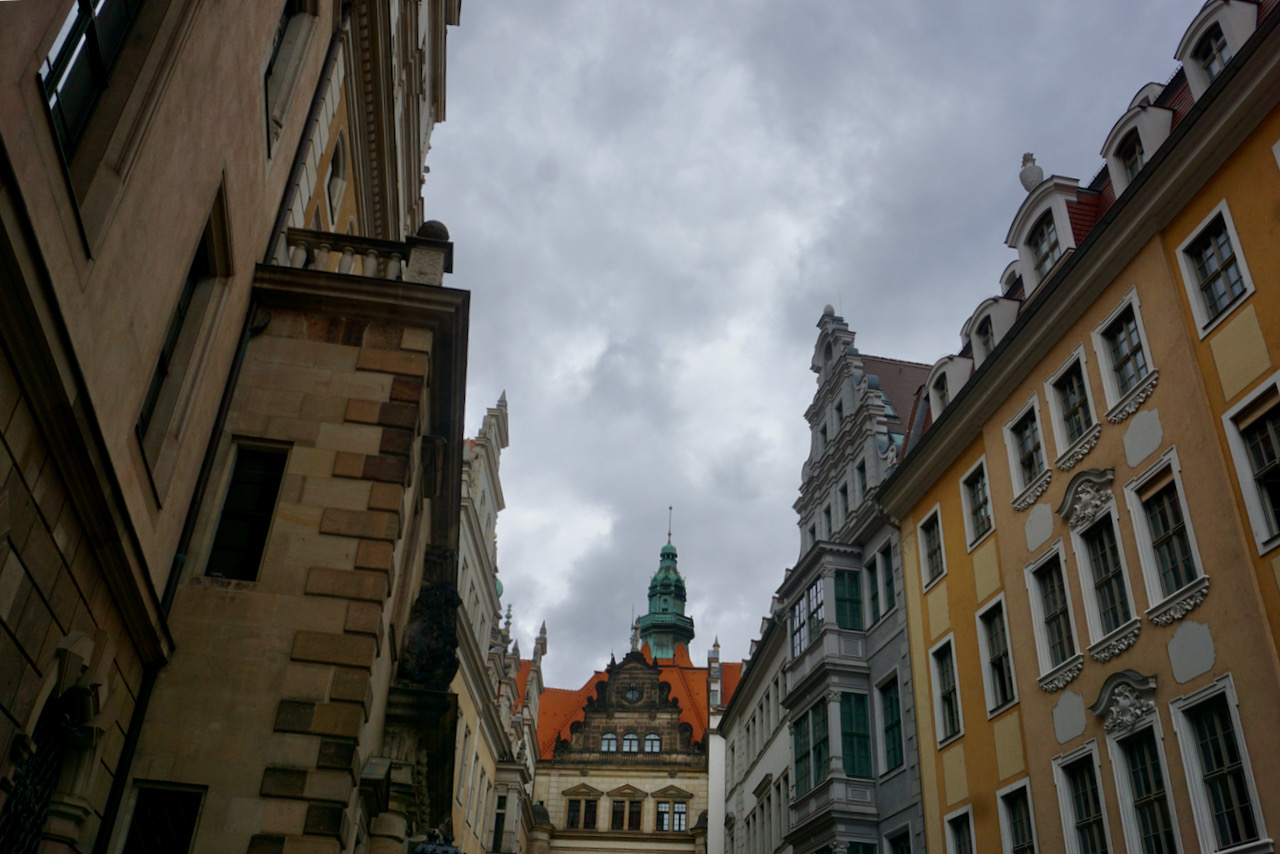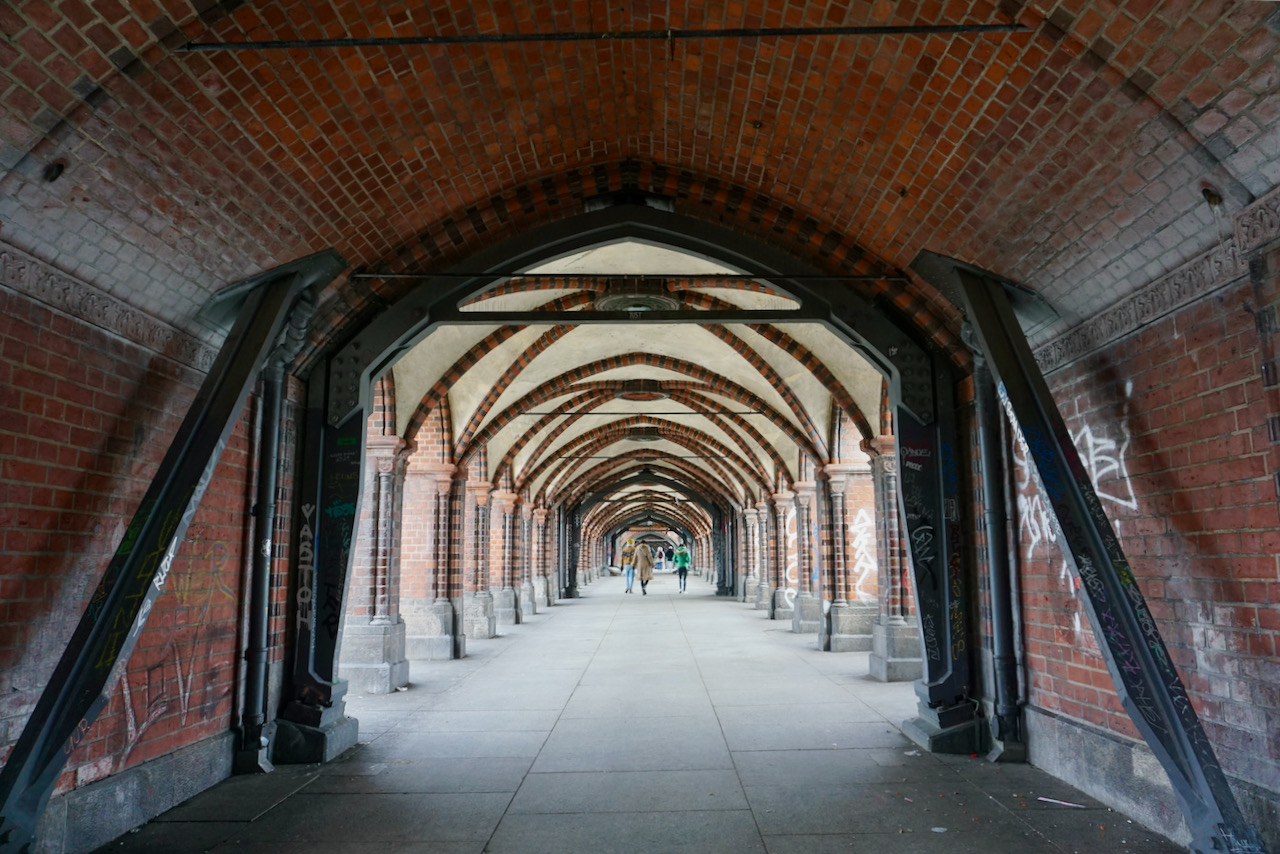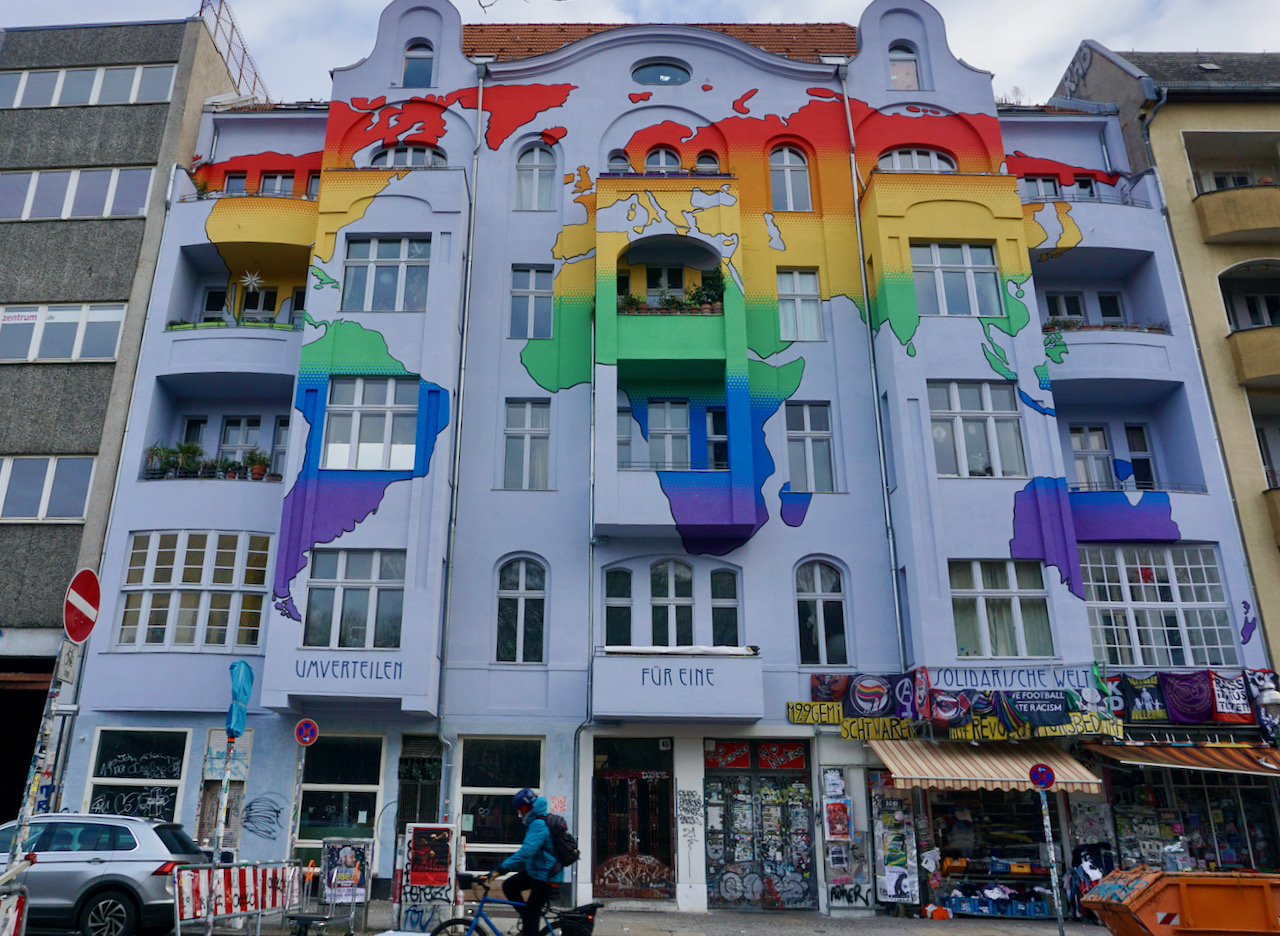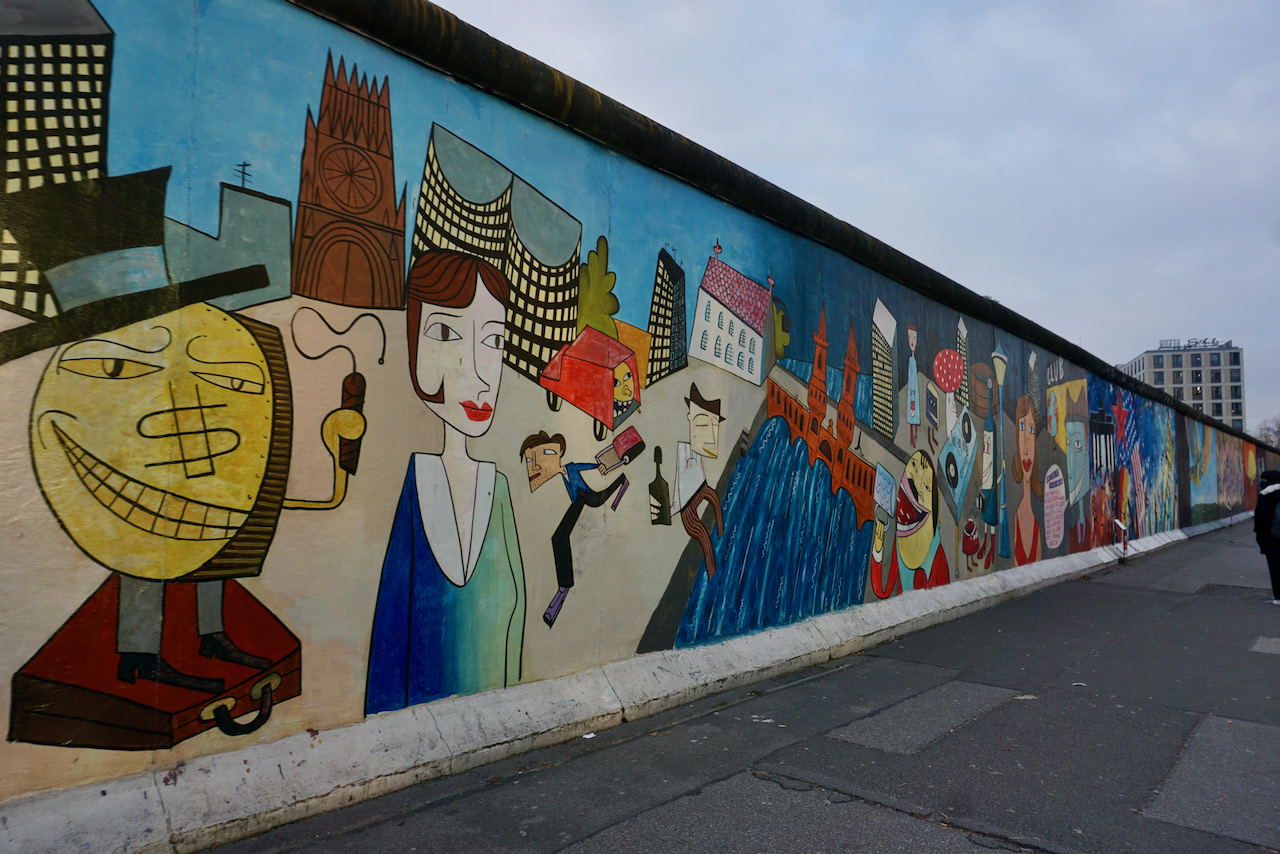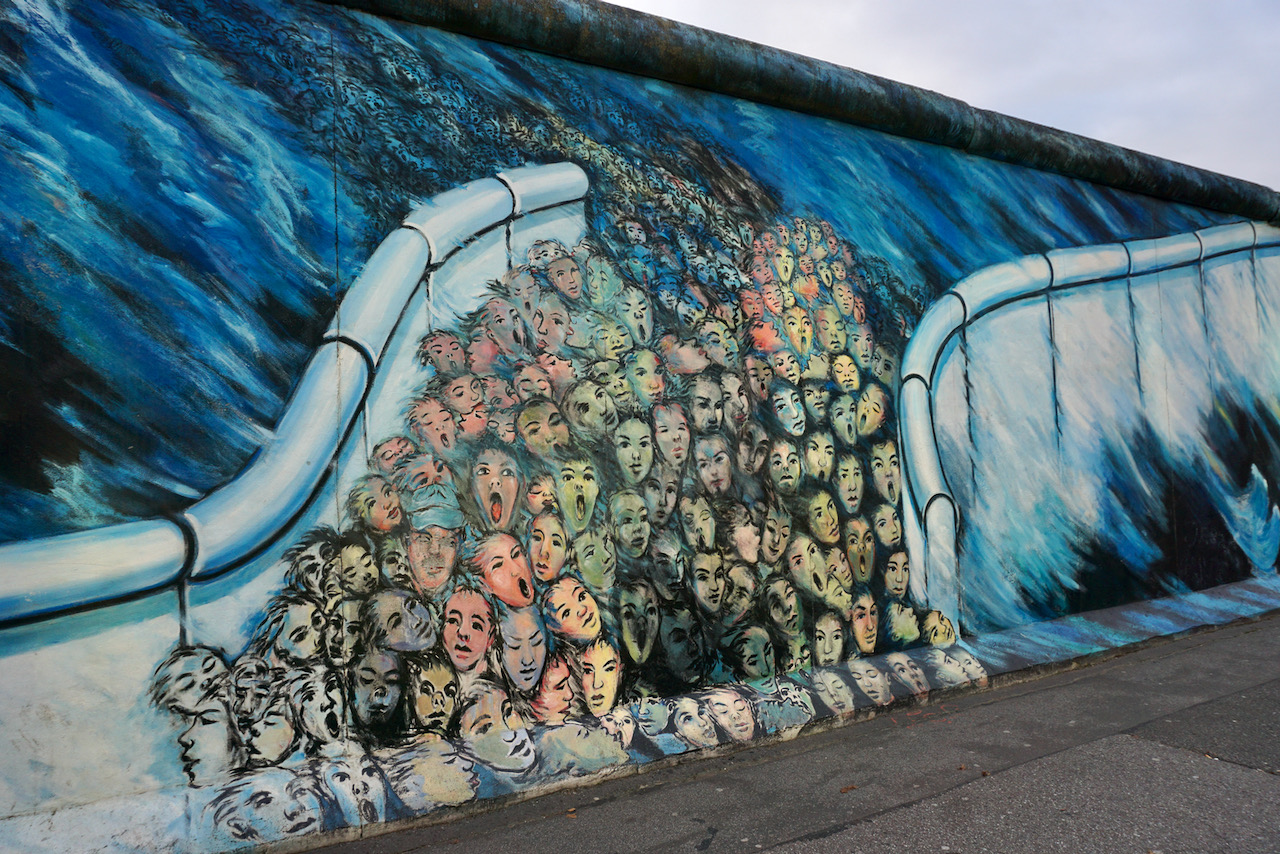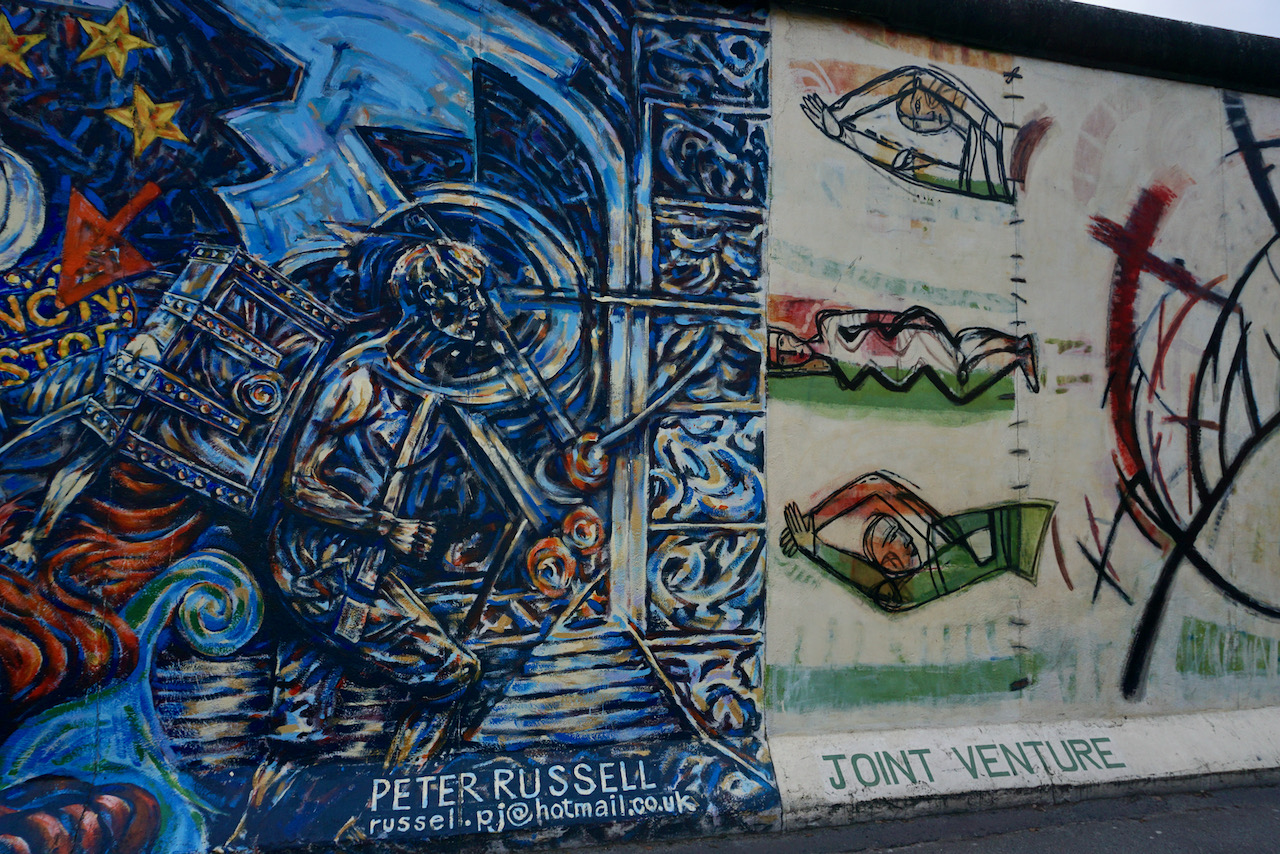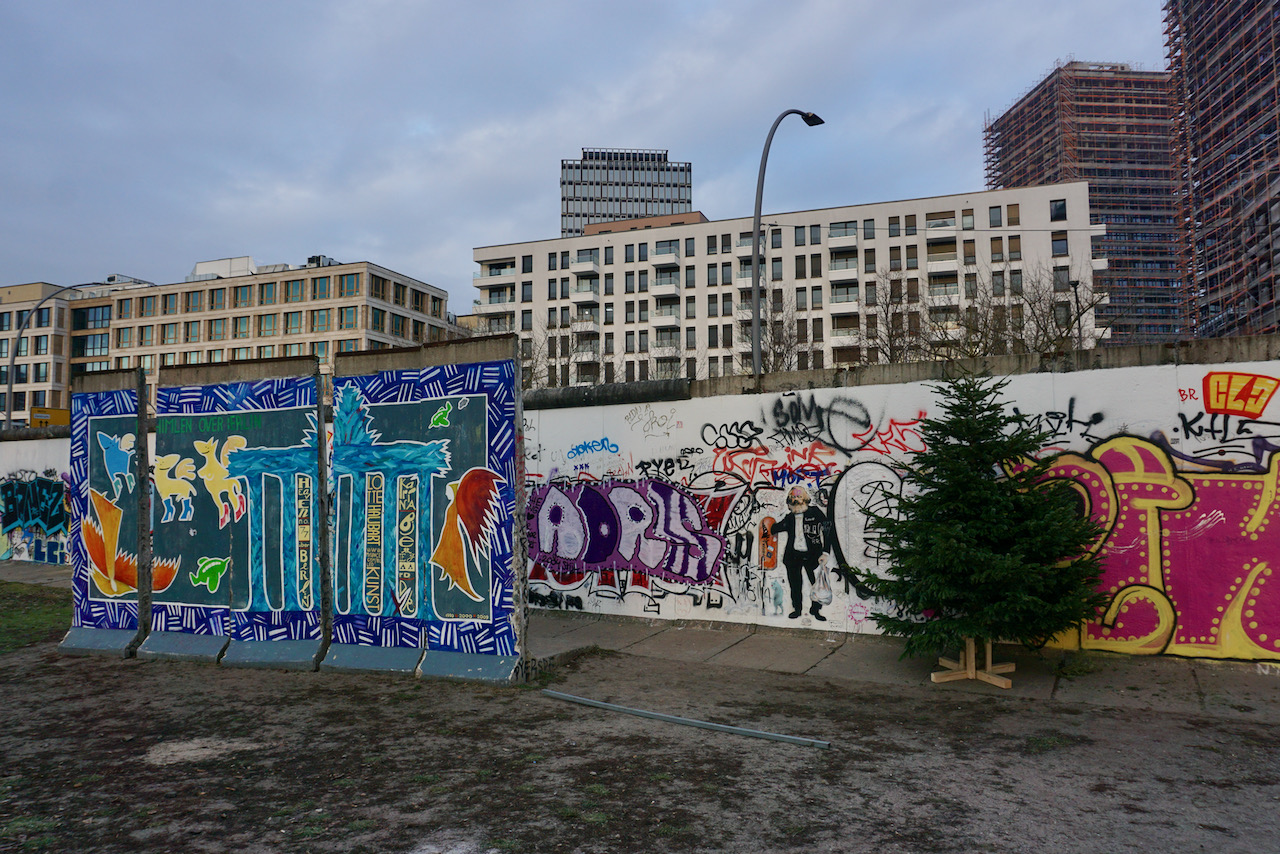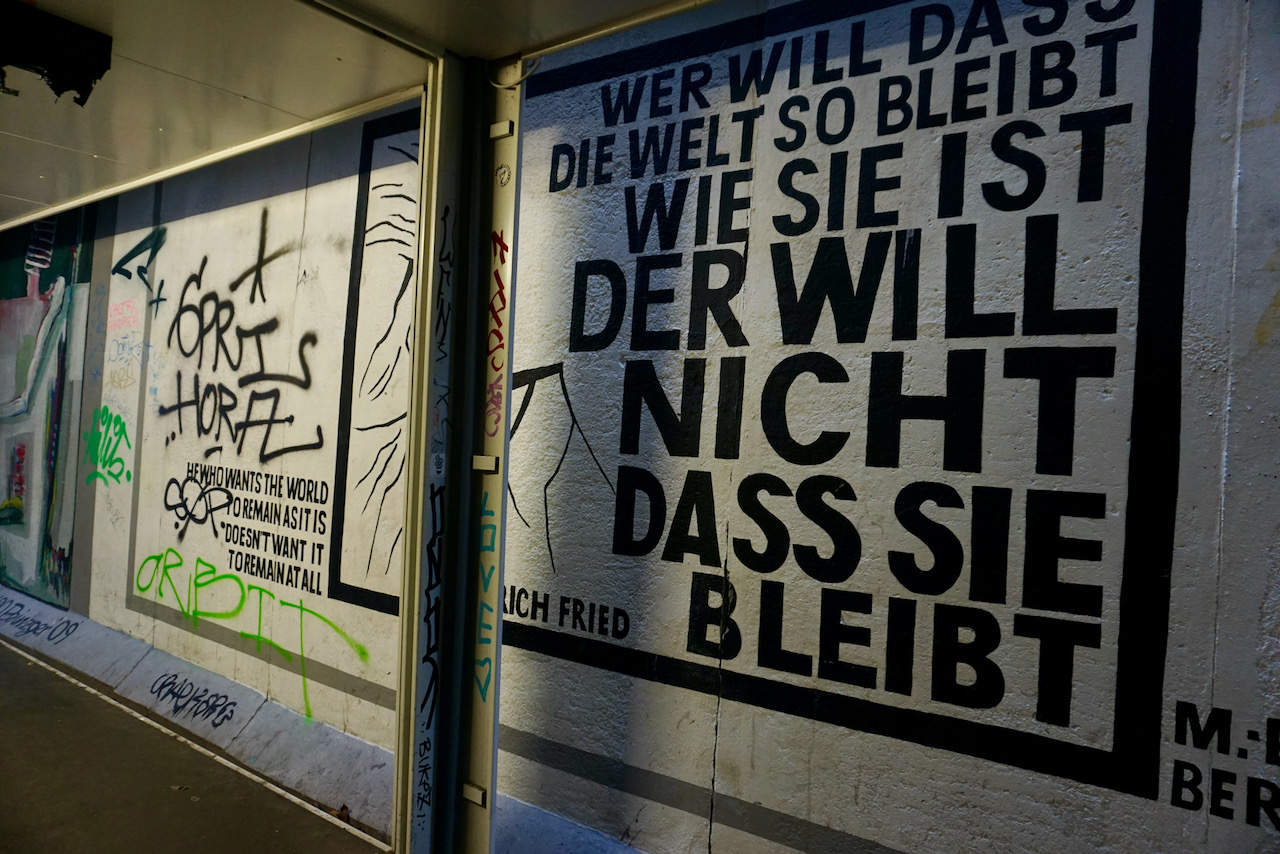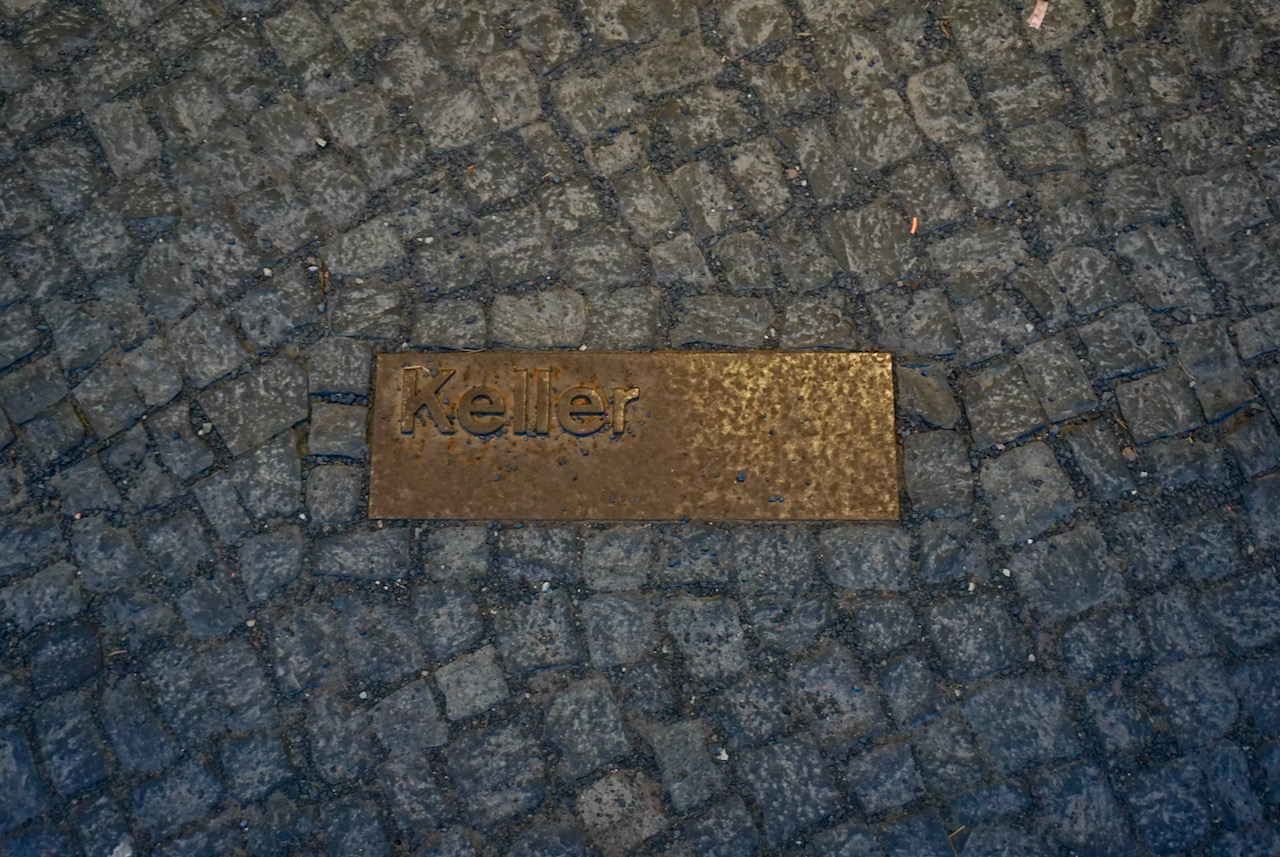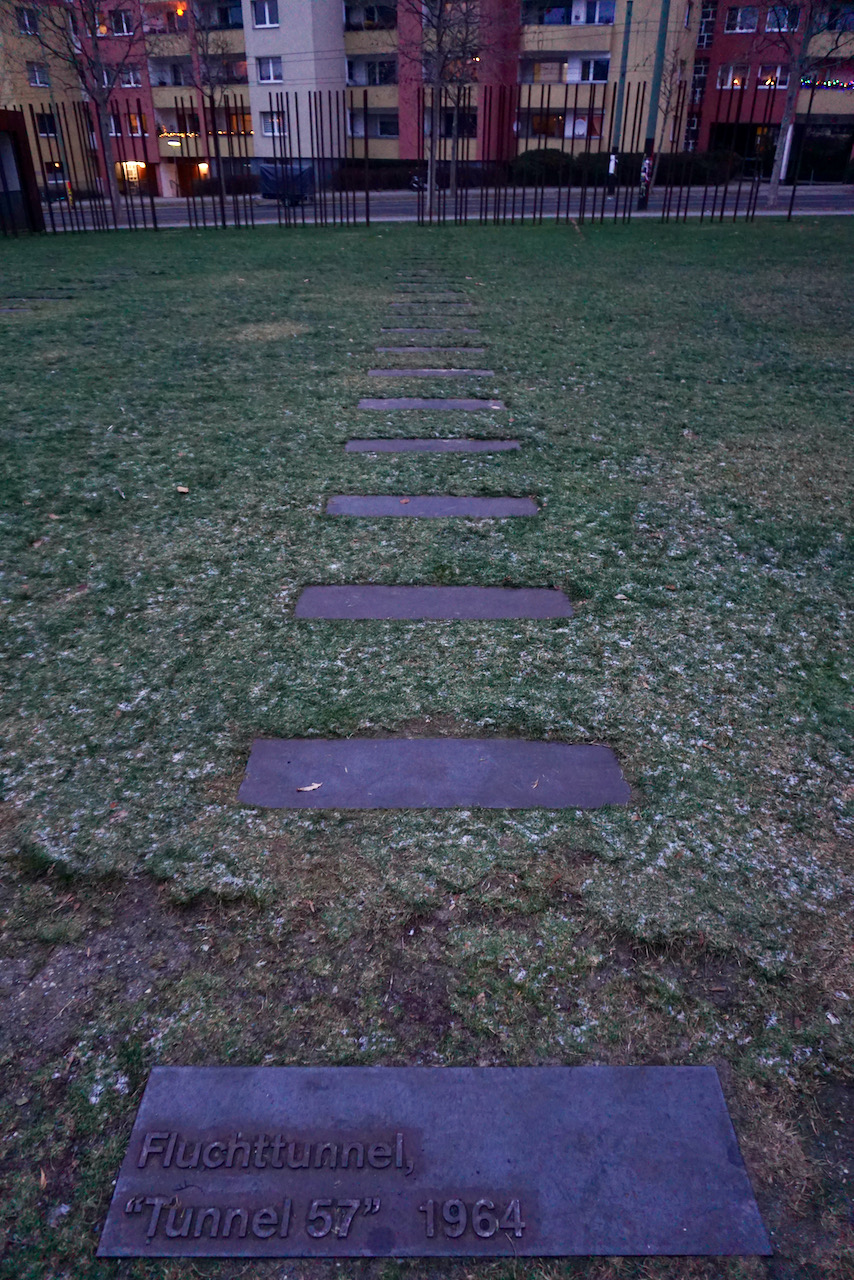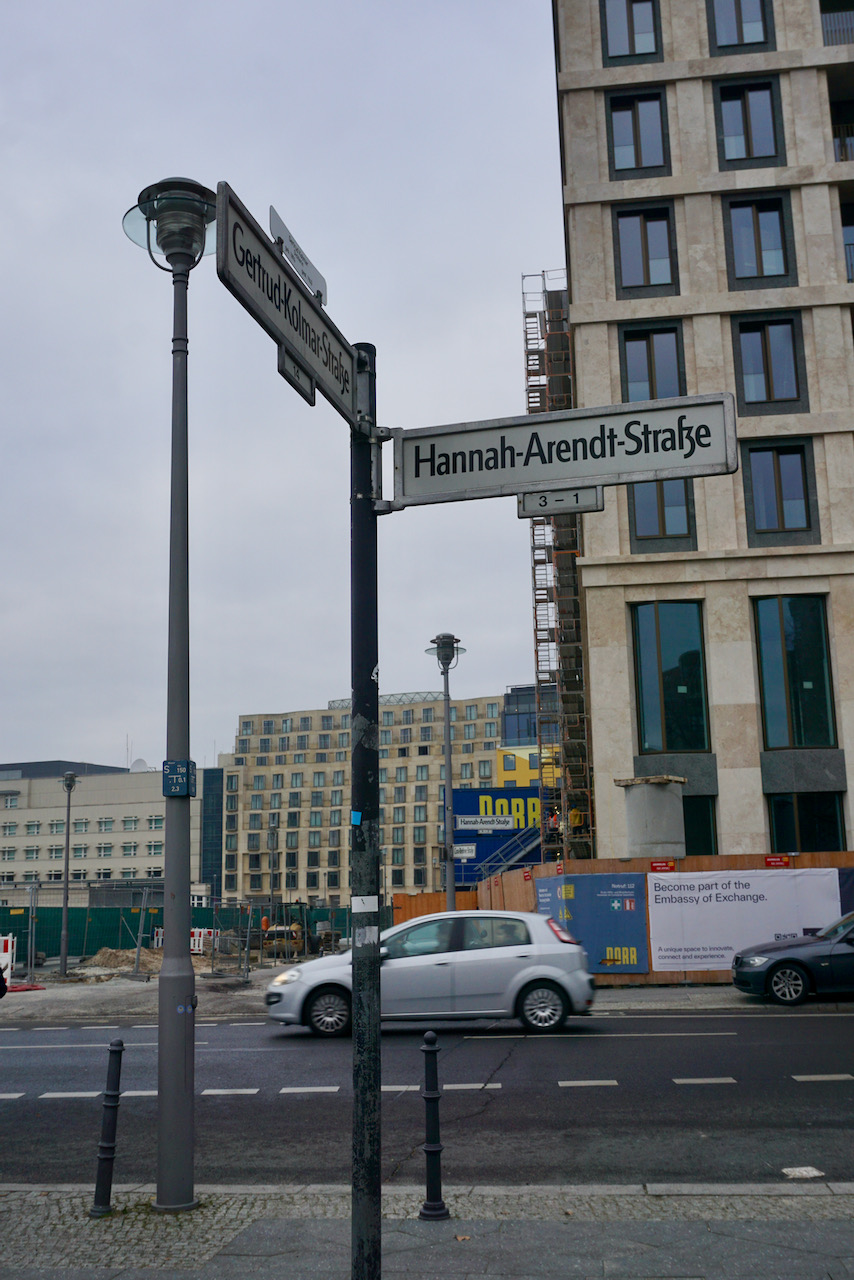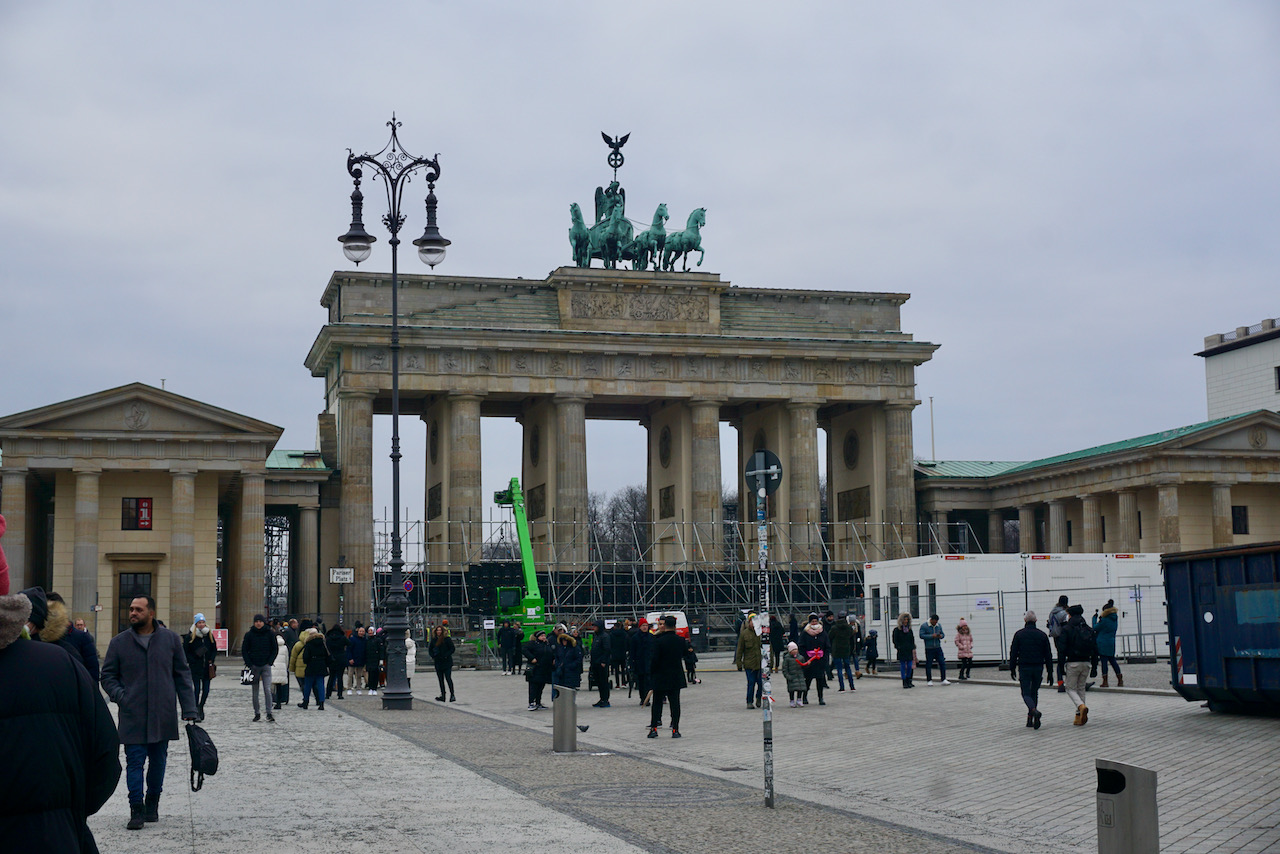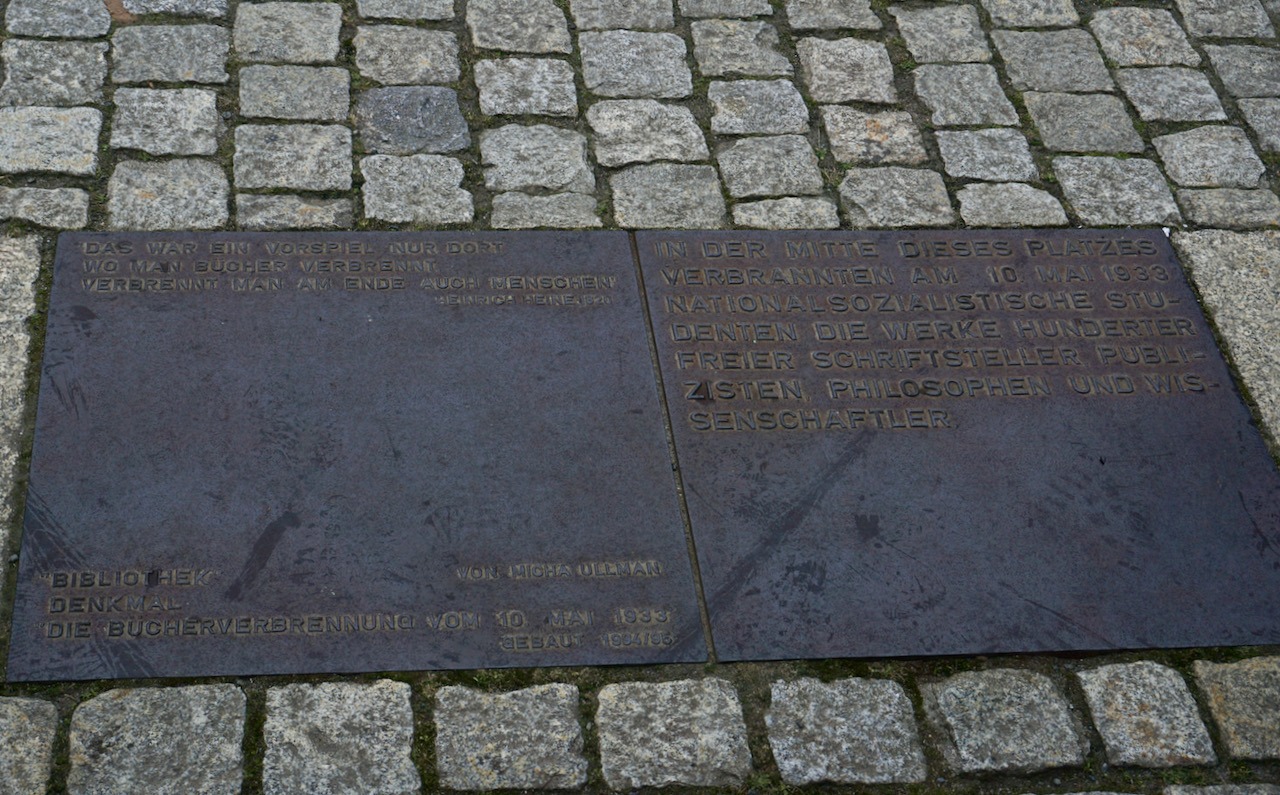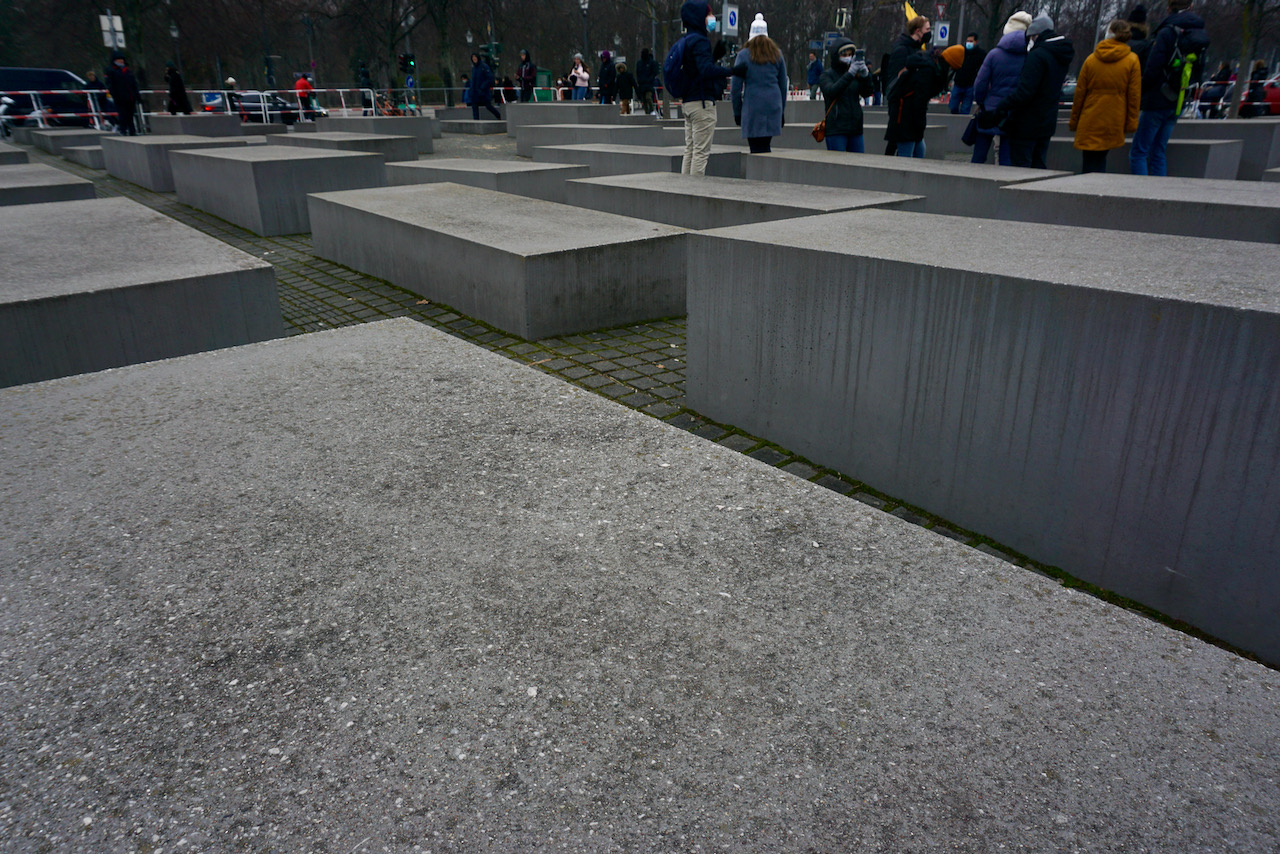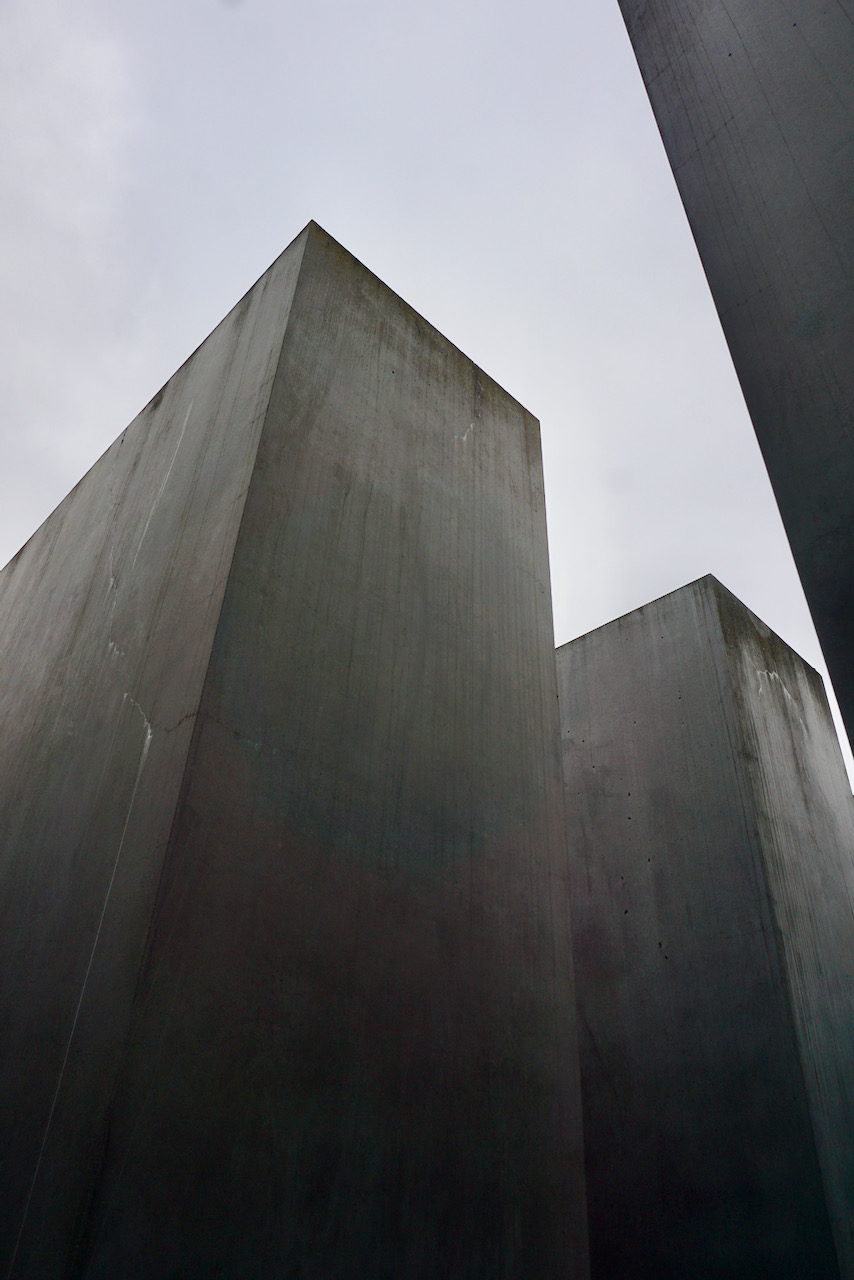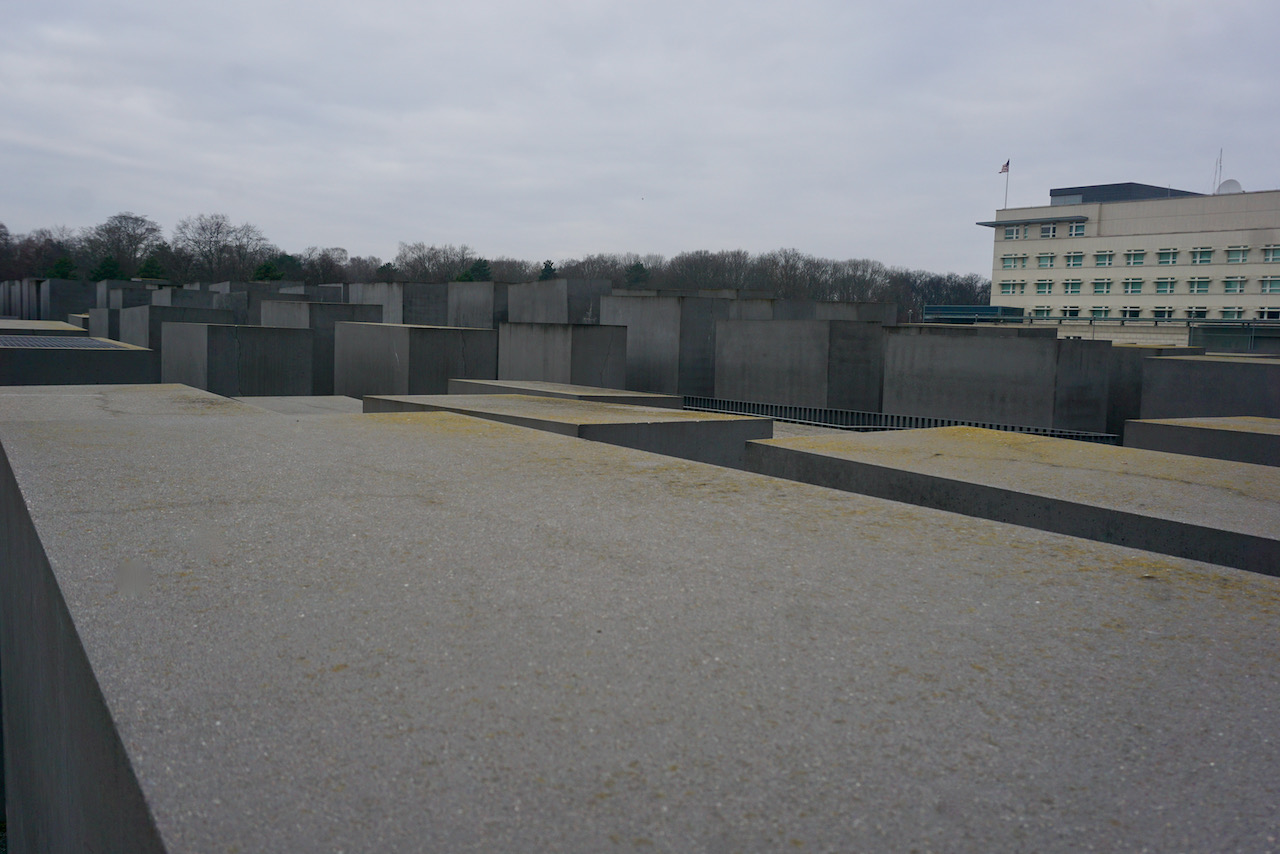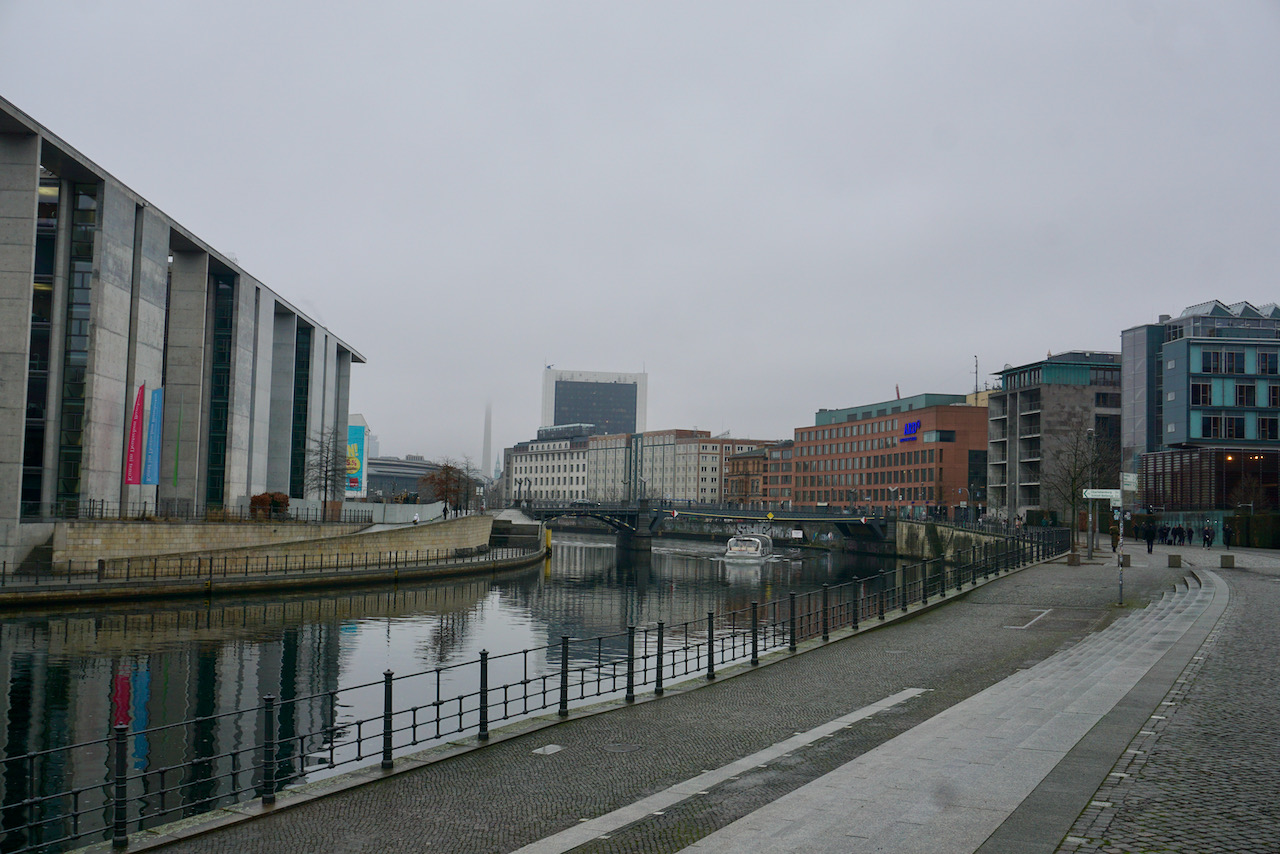I was really lucky to have my parents come visit for our fall break this year, lucky that they were able to make the trip to Germany and lucky that we were able to travel together. We spent a week in Germany before flying to Croatia to explore a country about which both of my siblings (and everyone else I talked to) have only good things to say. I cannot emphasize enough how friendly, kind, and helpful the Croatian people were, and this made for a wonderful experience.
We started our trip in the Croatian capital of Zagreb. We arrived late in the afternoon and managed some walking around before it got dark. The high fashion and style of the locals got my attention, as did the prevalence of street vendors, the ornate architecture, and the general opulence of buildings that show signs of having seen a lot in their time.
And Croatia has seen a lot, a theme that was central to the walking tour we went on the following day. Centuries of wars, including in recent decades, have shaped a land often caught between warring empires, a land that calls itself by a different name, Republika Hrvatska, than that imposed by conquerors. This is a land proud of its people, its history, and its work to move forward into a different era.





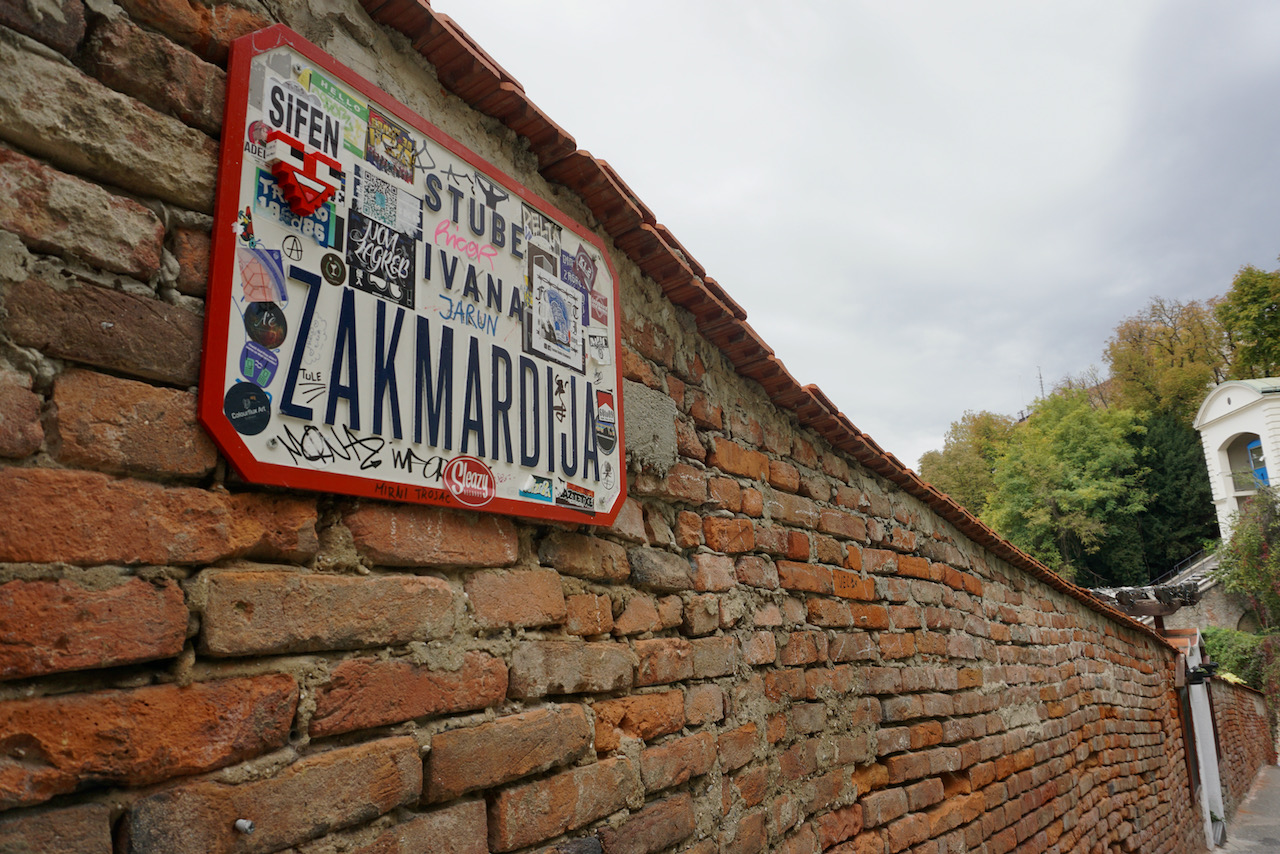





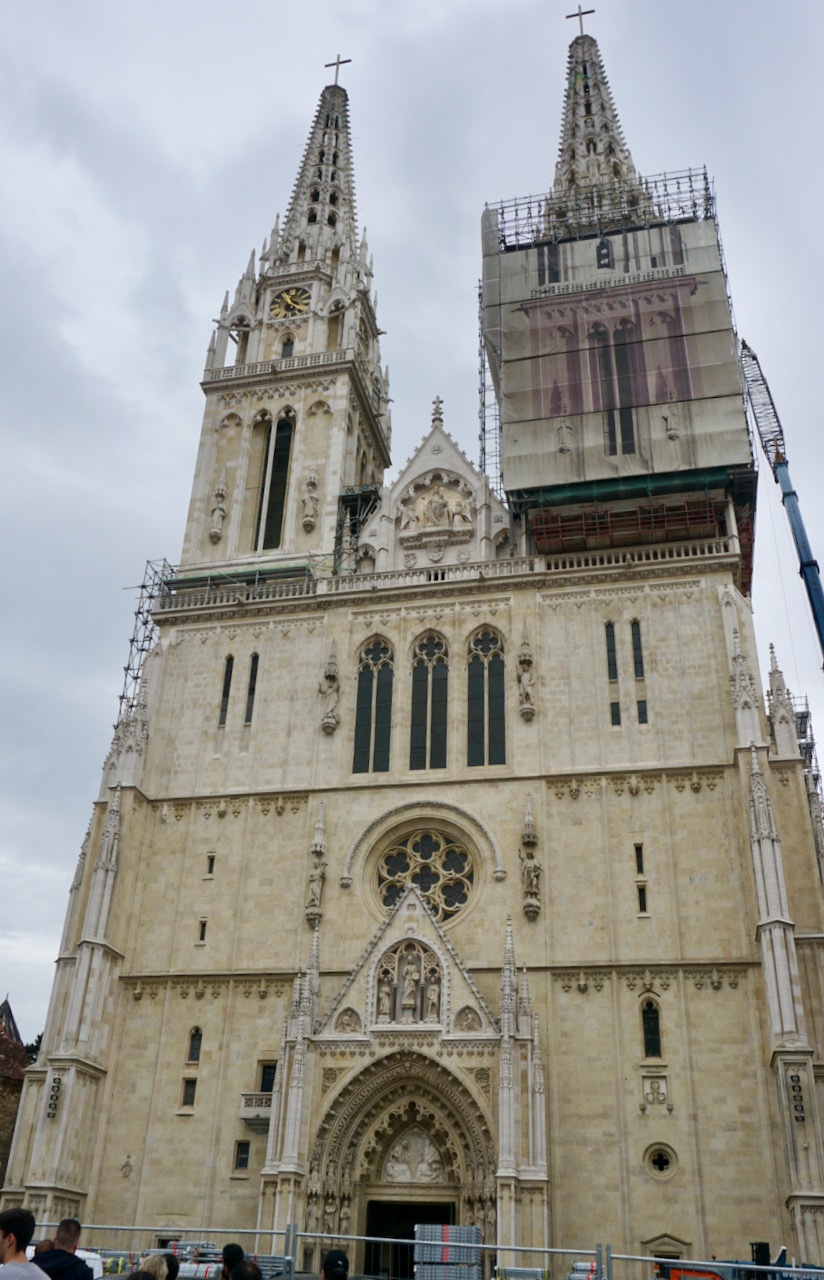
After our tour we headed to my favourite type of urban space – the local market. I have written a lot about markets, which I’ve sought out everywhere I’ve lived and visit whenever possible when travelling. Right in the centre of Zagreb’s old town is Dolac Market, open seven days a week right near Ban Jelačić Square, the main square (of many) in the city. This is where the locals do their shopping, which was evident from the people and activity we observed while strolling through the stalls selling nearly everything one could want. In preparation for a road trip and hike the next day, we bought nuts, fruit, bread, cheese, and burek, all of which we thoroughly enjoyed.
















The southern side of Zagreb’s old town is lined with eight parks in a horseshoe and we walked there as long as we could before it started to rain. The amount of green space in the city was really lovely and made for an atmosphere in which, like at markets, people come together. Zagreb and its environs include about a million people, which is nearly a quarter of Croatia’s population. Nevertheless, the city’s squares, markets, and parks made it feel very liveable and like a much smaller town.
After determining that the rain had no intention of stopping, we headed to the Museum of Broken Relationships, which I had read about and about which I remained skeptical until we visited. I will only say that it was charming, thought-provoking, sad, and funny all at once. And highly relatable, for many reasons.
The following morning we picked up our rental car and drove for two hours through scrubby bushes on looming rock to Plitvice Lakes National Park, the oldest and largest of Croatia’s national parks and a UNESCO World Heritage site. (There is a fee to enter the park and during high tourist season, it is recommended to book tickets in advance.) The park is well-signed with trails of different lengths, some of which require a boat ride to continue to the second part of the path. We walked through pine forests, along boardwalks around lakes, up steps, and along winding paths that wrapped around so many waterfalls.
Somehow I wasn’t expecting what Plitvice Lakes National Park had to offer, or perhaps what it felt like to be there. It felt like entering a different world, an oasis separated from other worries and cares. And we were more relaxed getting back into the car after a few hours in nature than we were at the beginning of the day.
The second part of our drive brought us to Split, where we (very excitedly) saw a Dalmatian in Dalmatia and had the opportunity to learn about the history of Croatia in terms of shaping the world’s empires.



